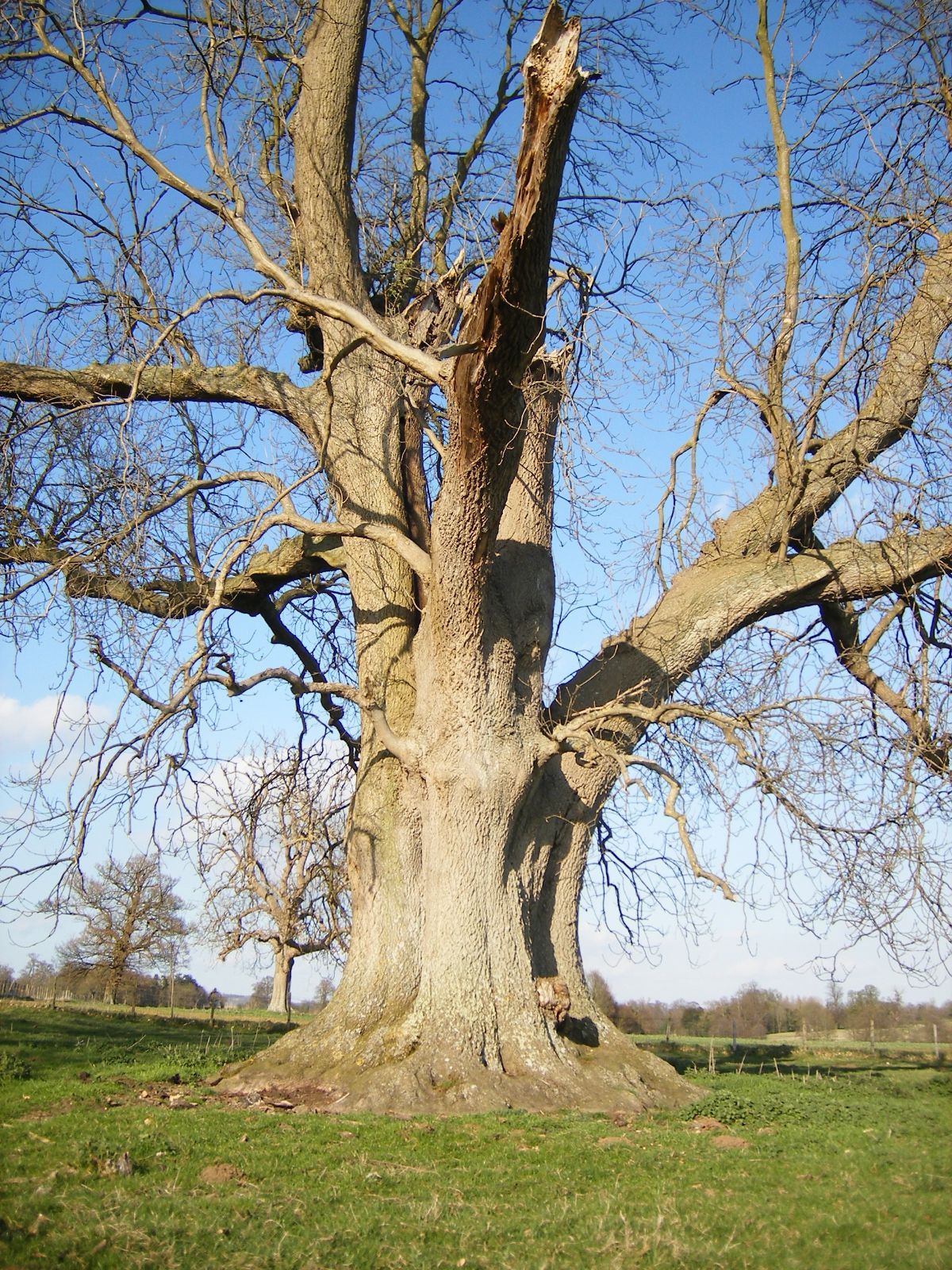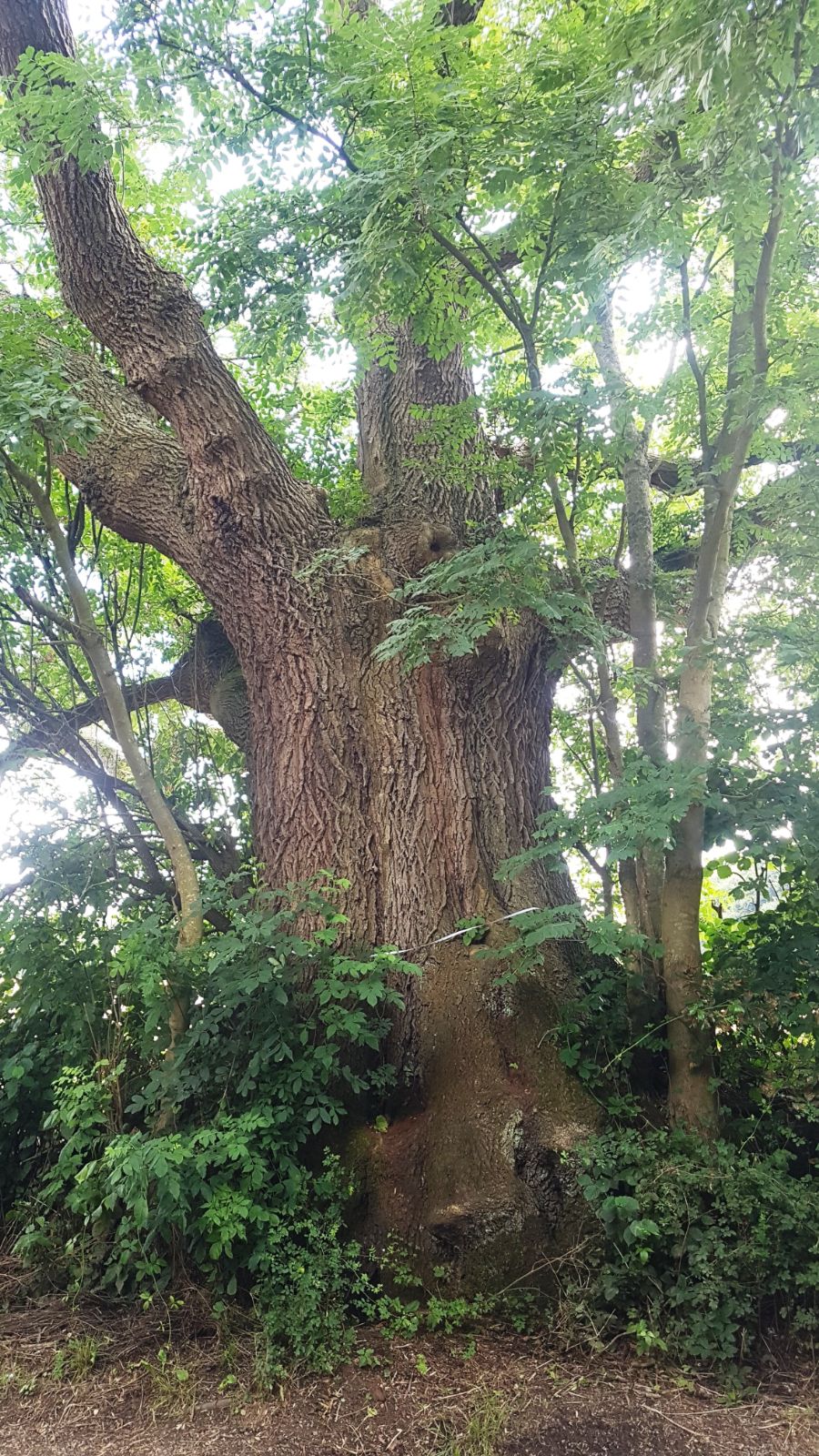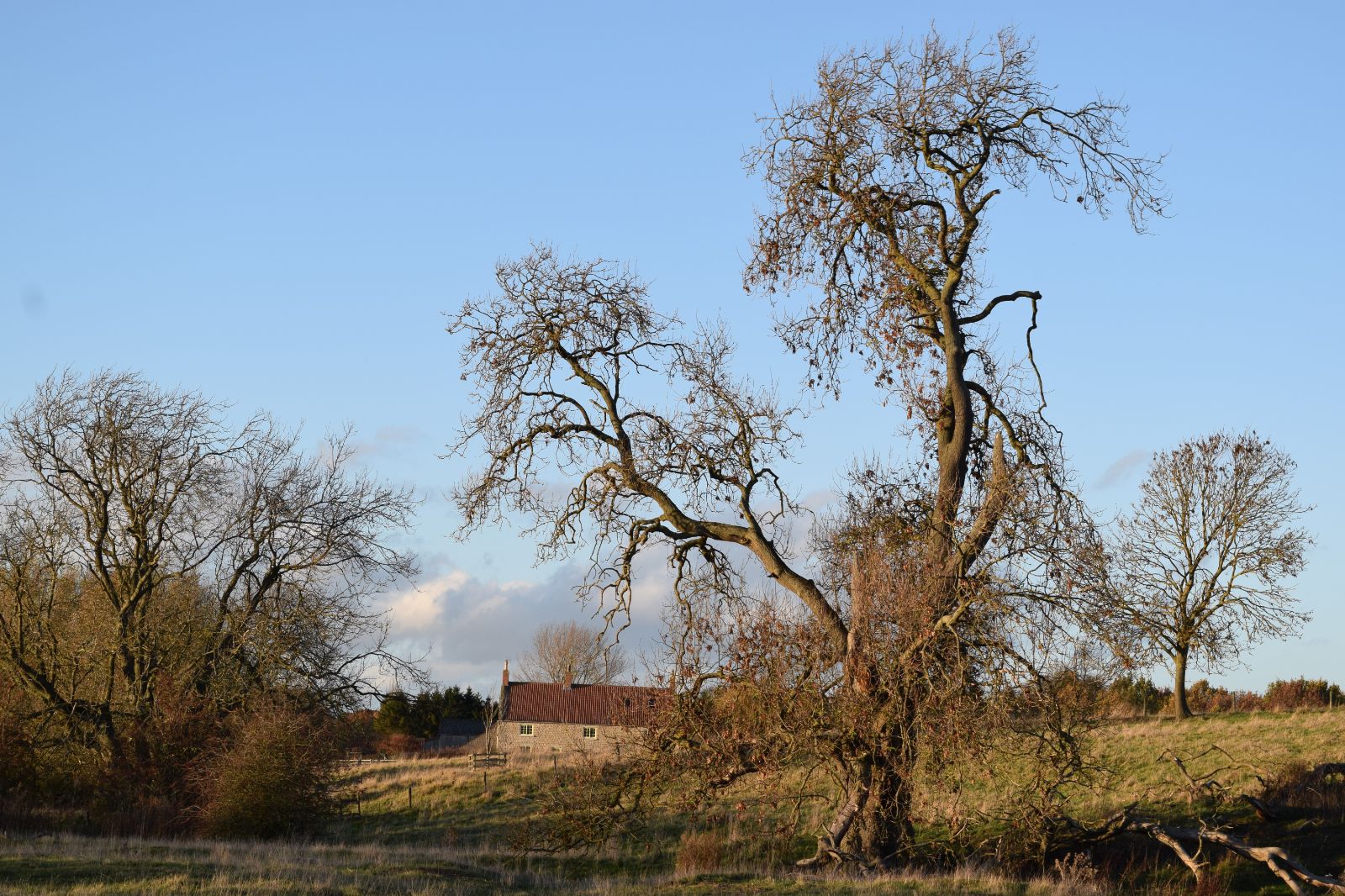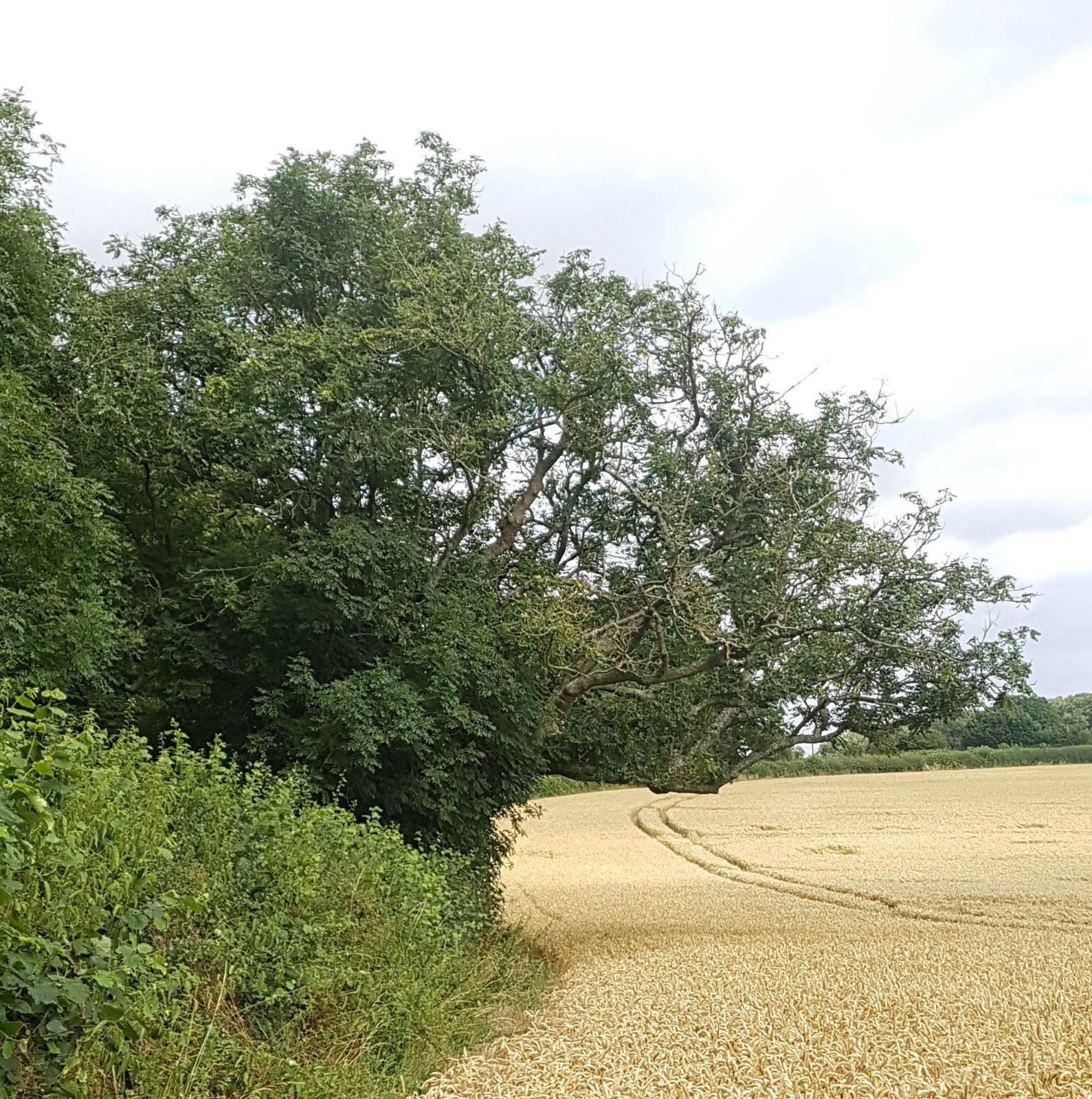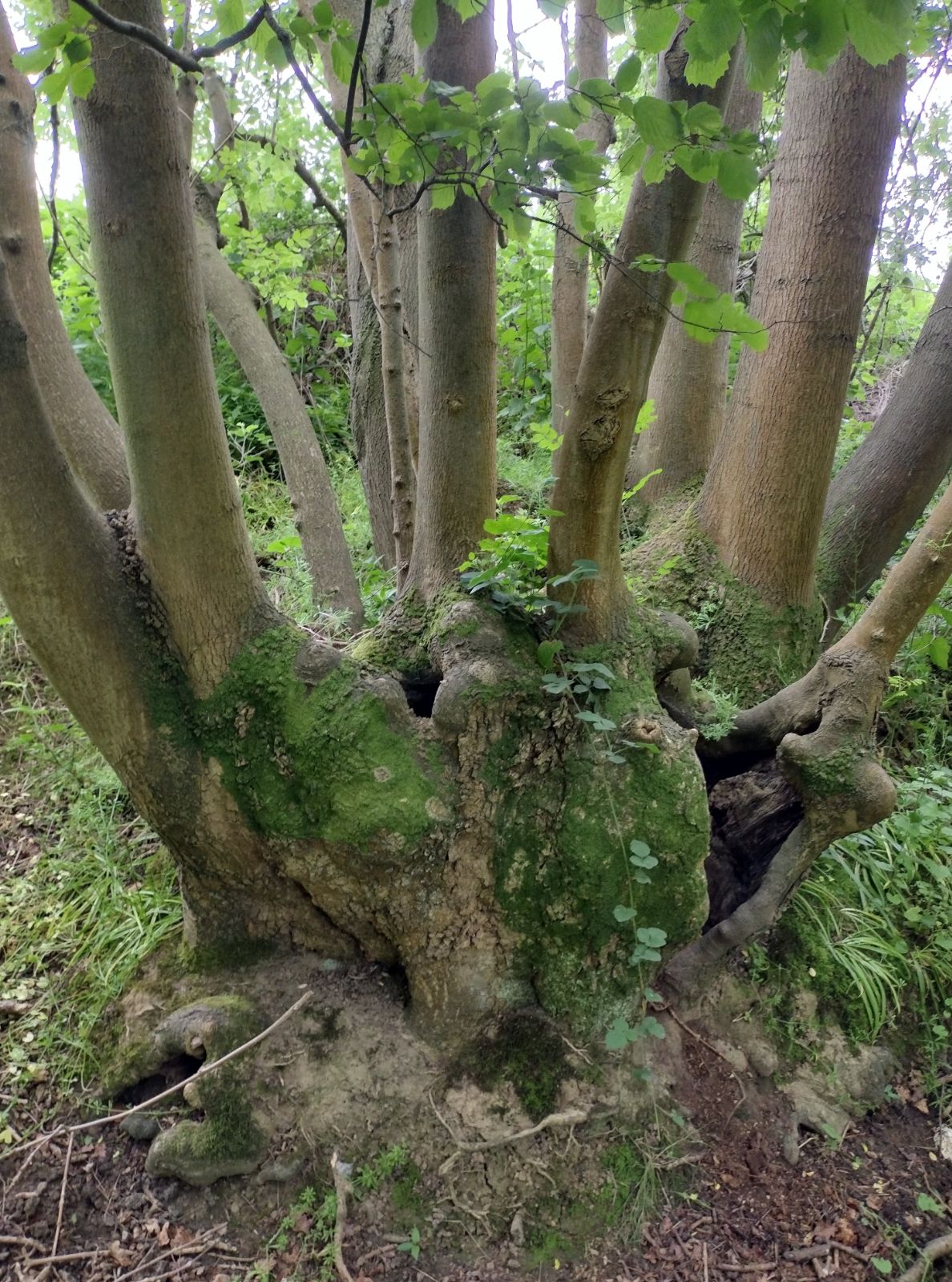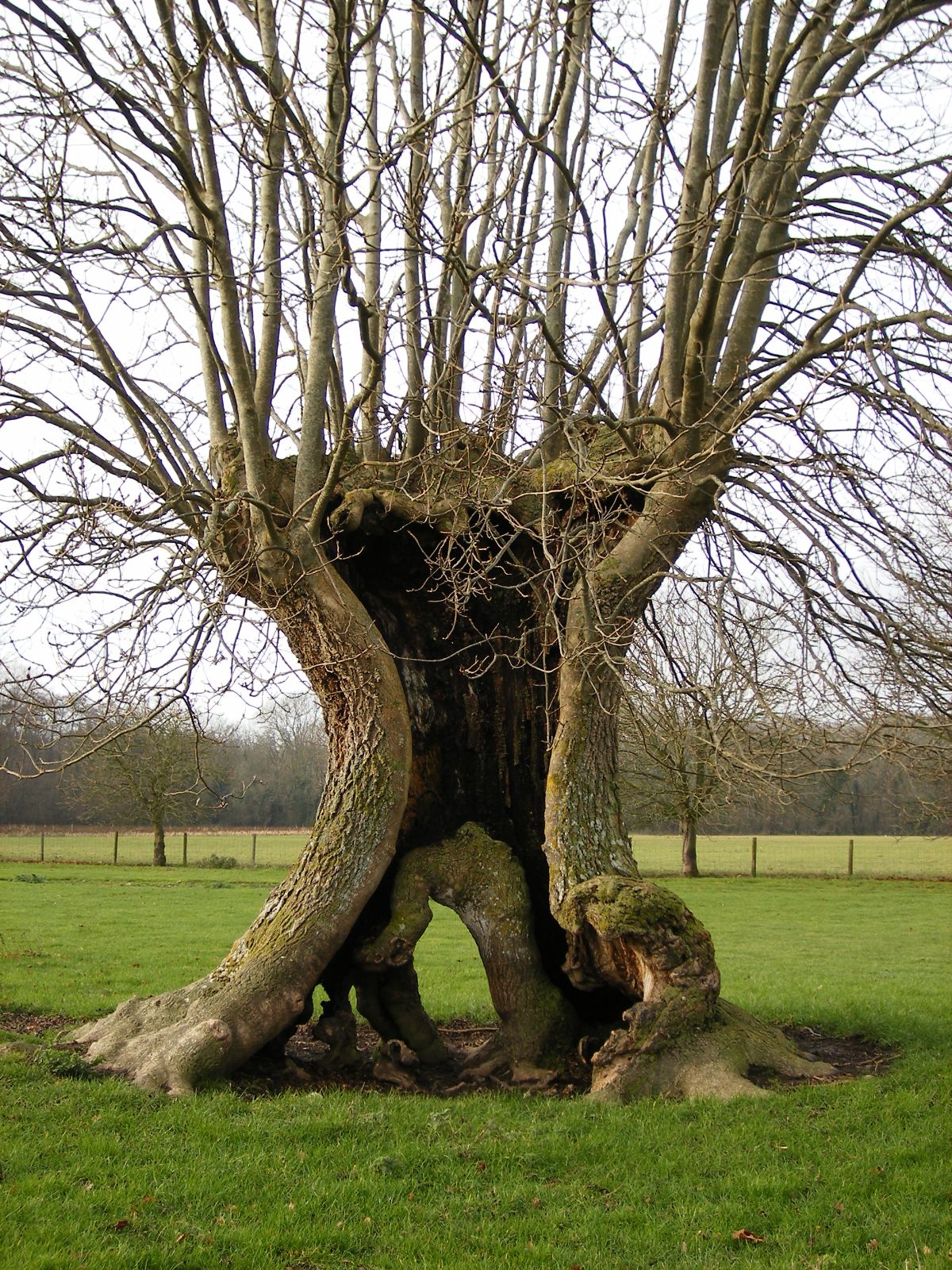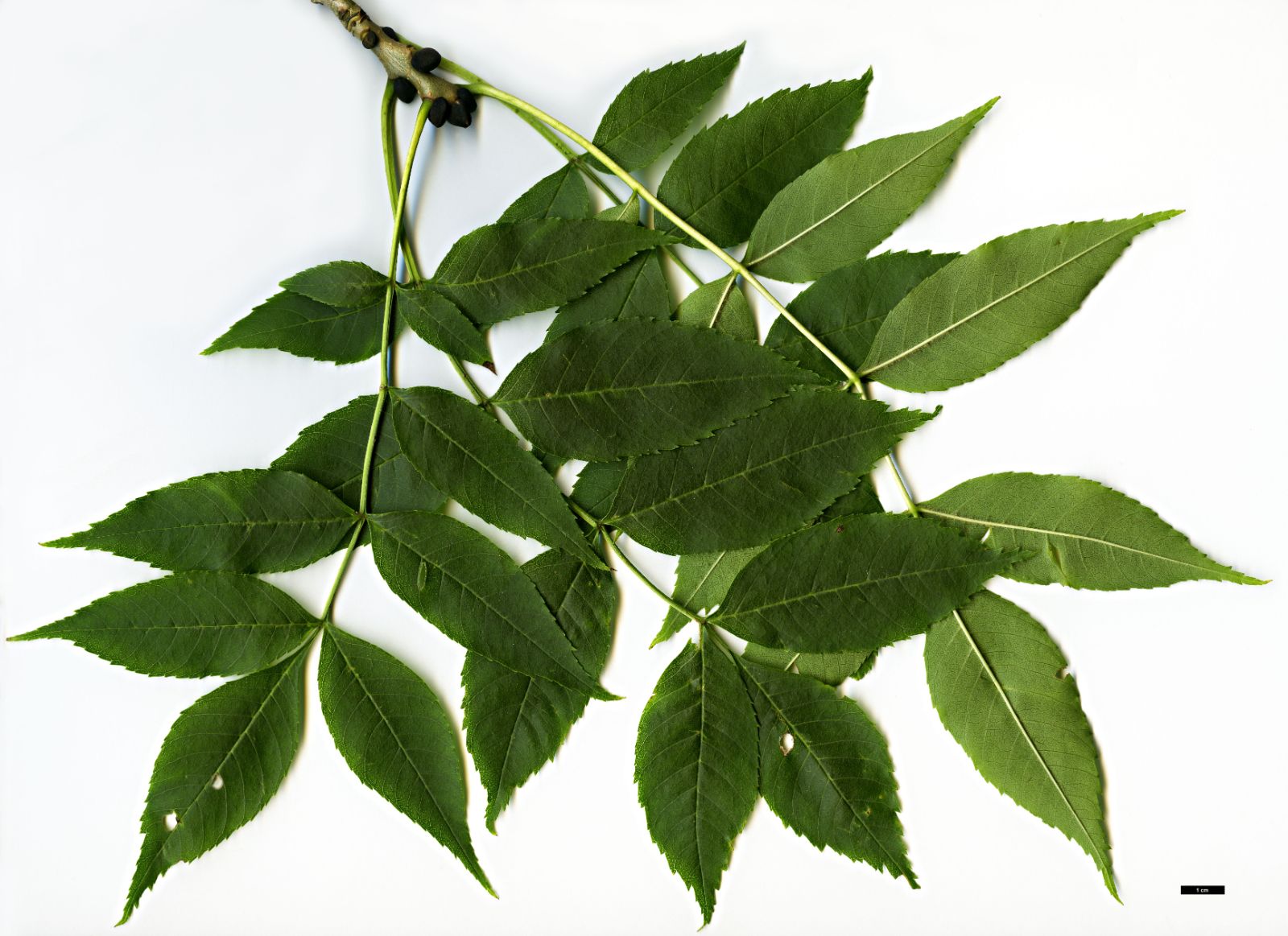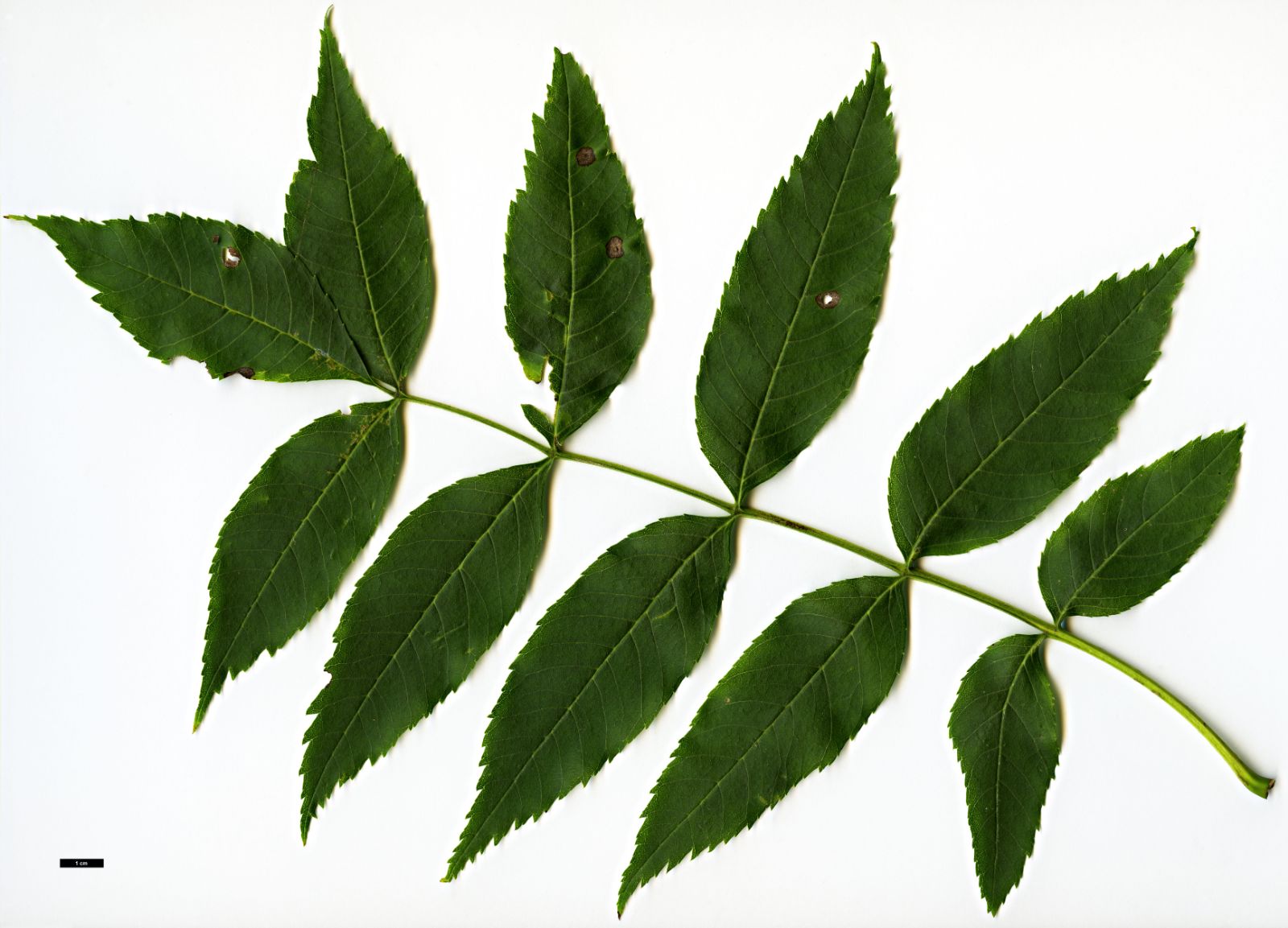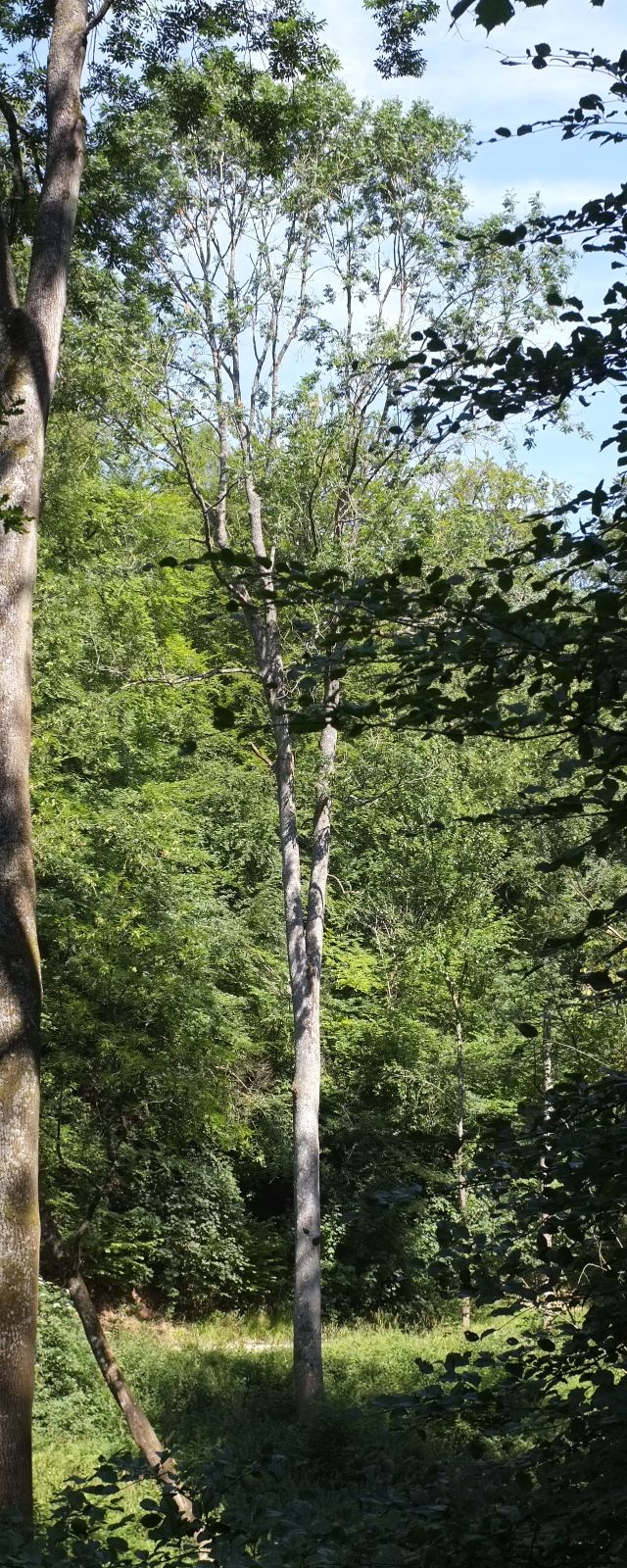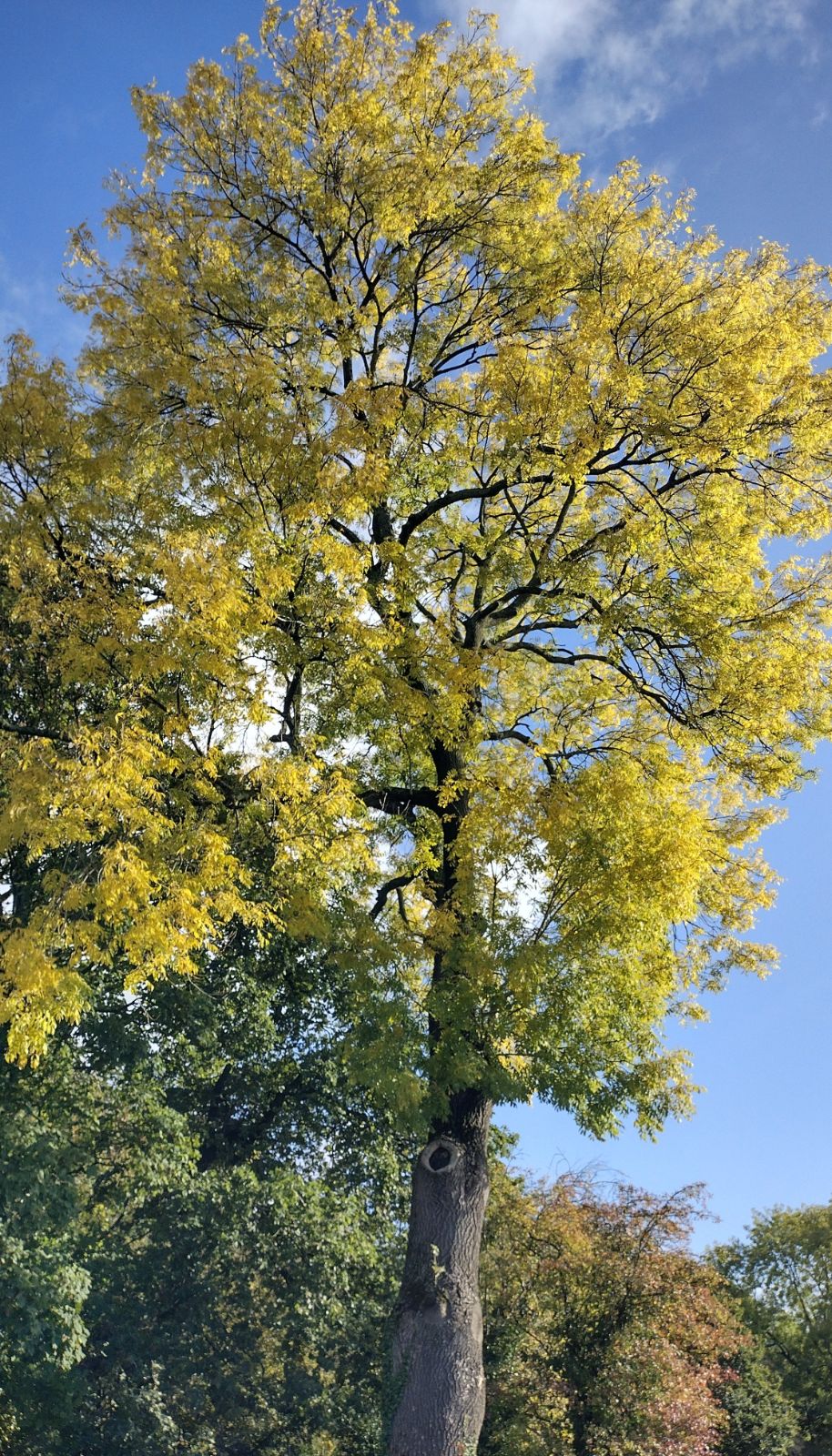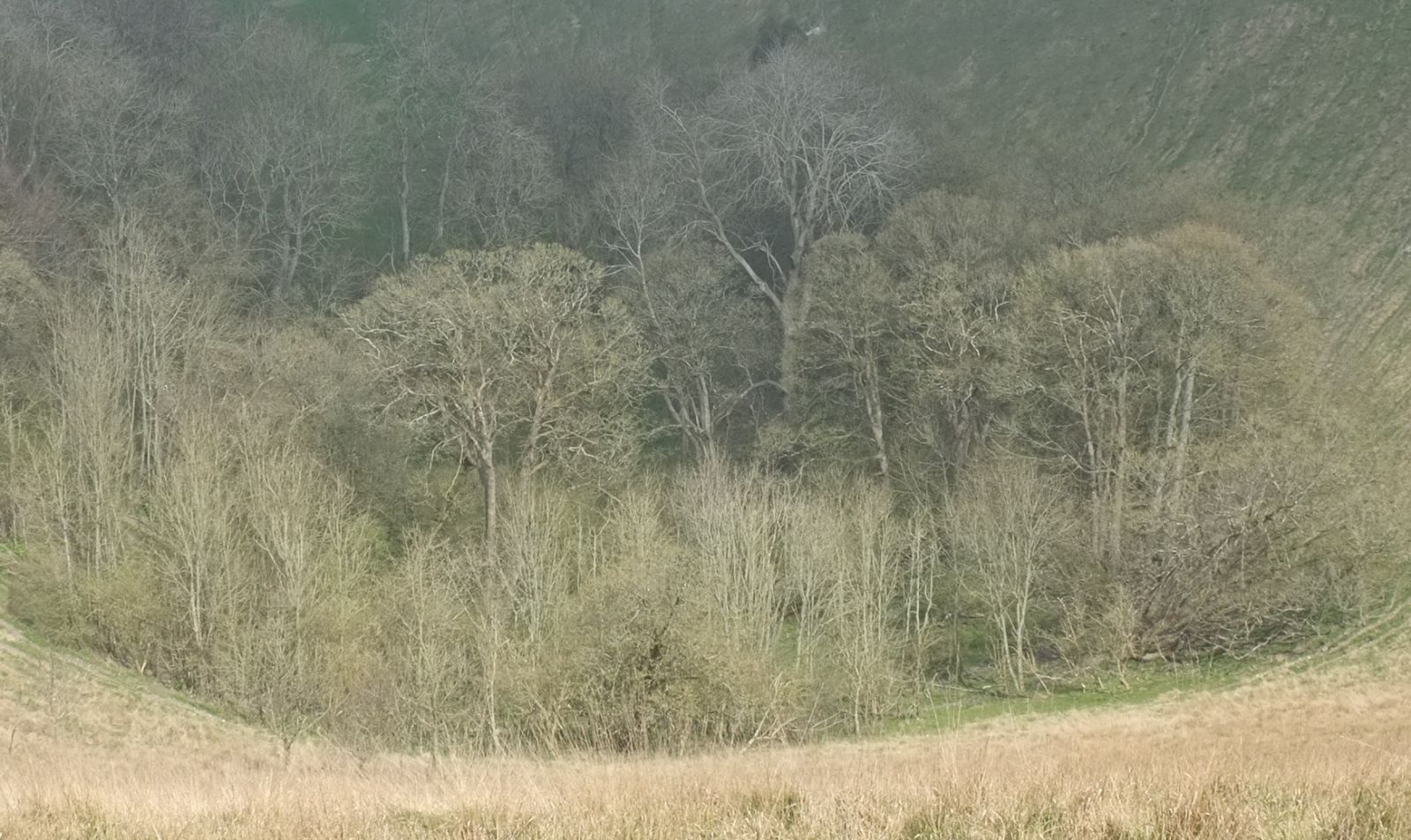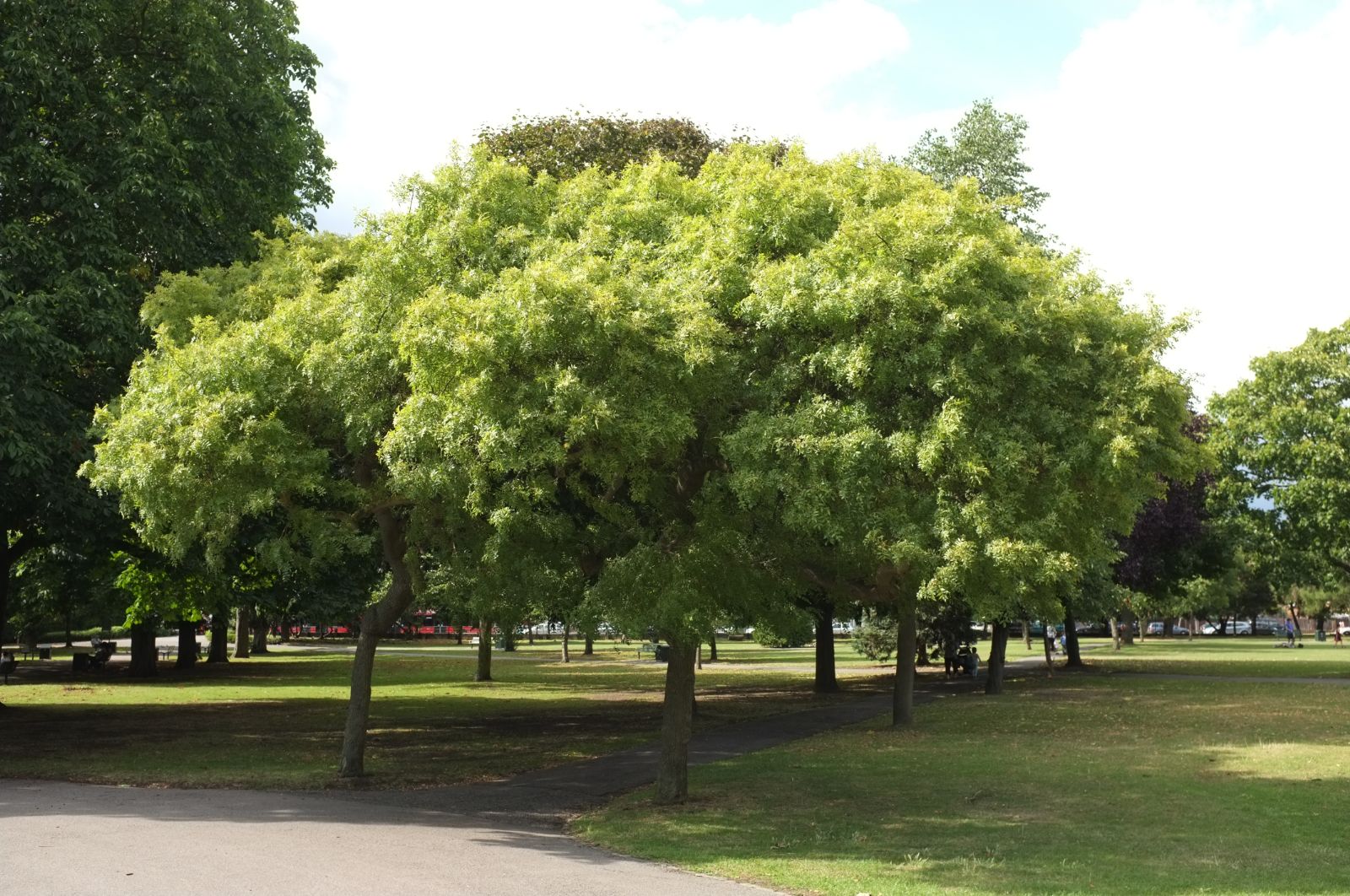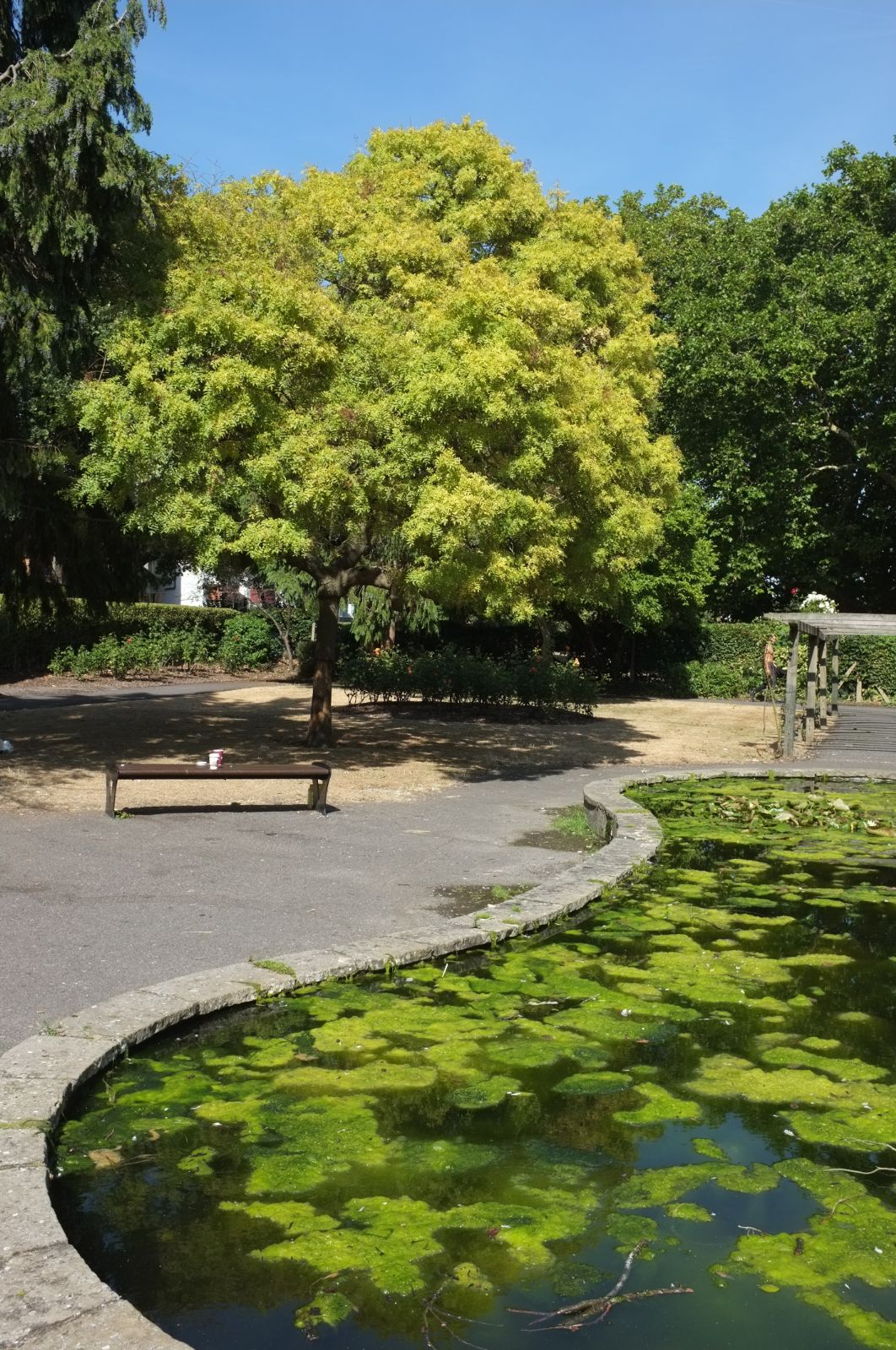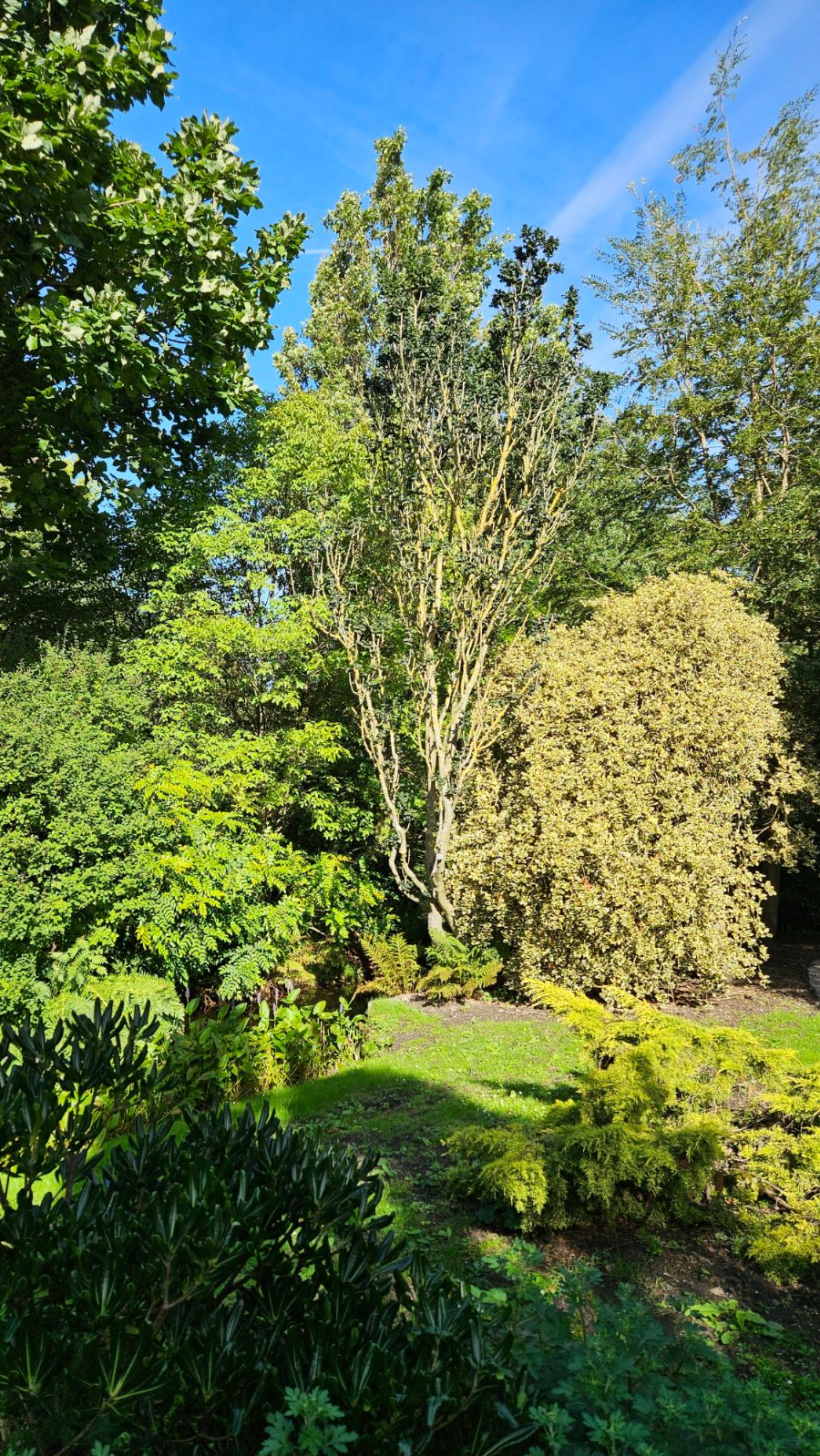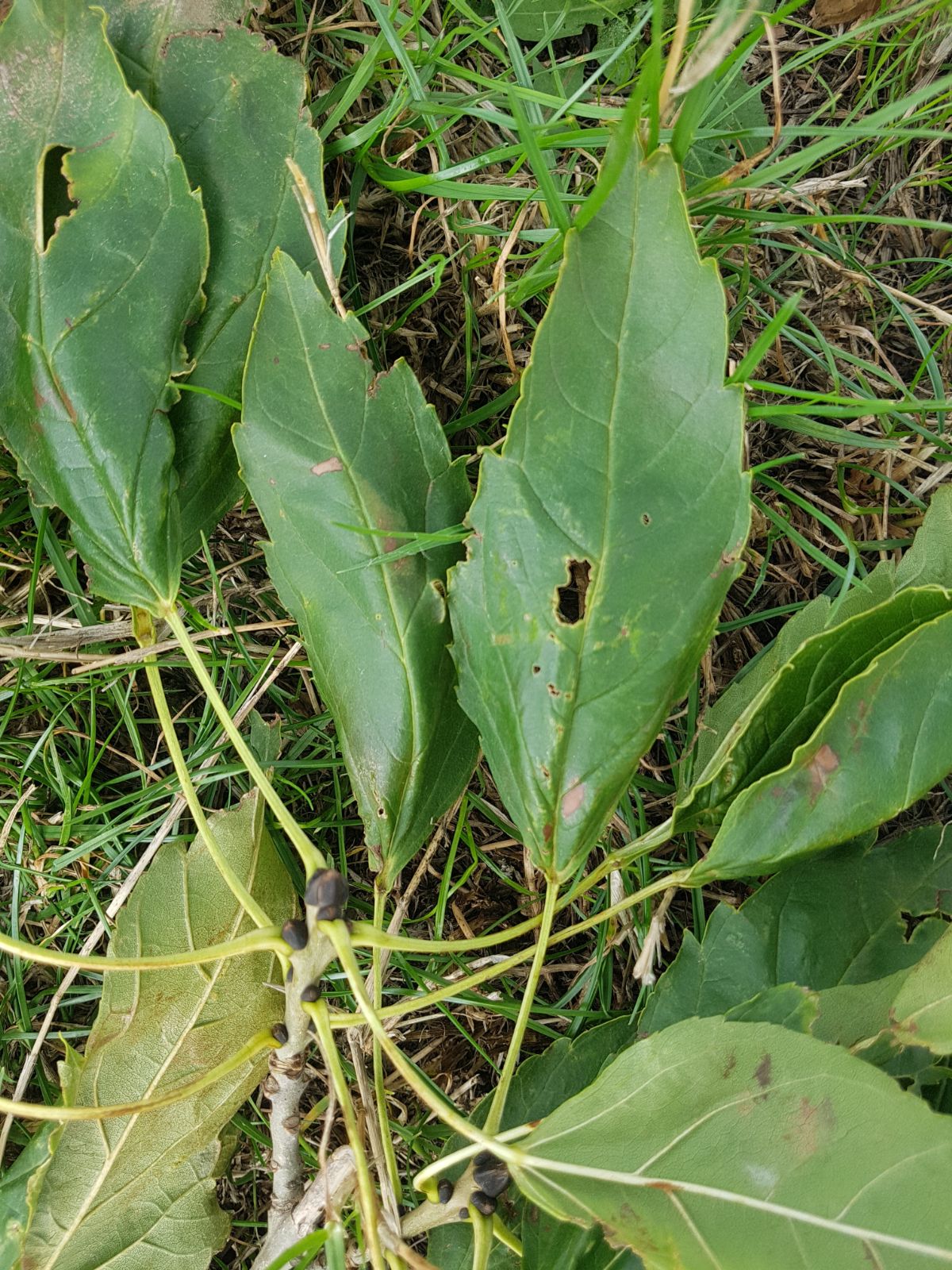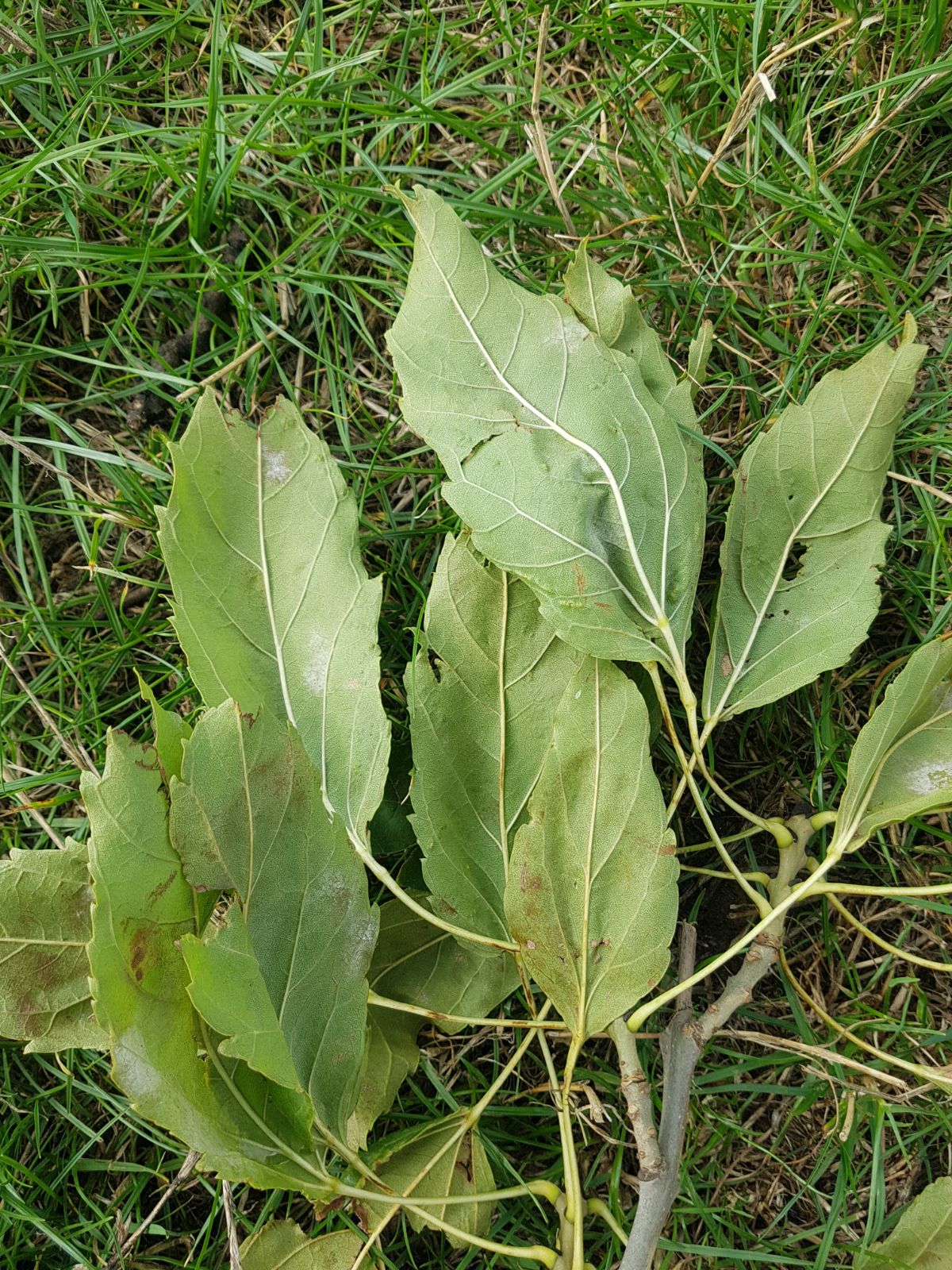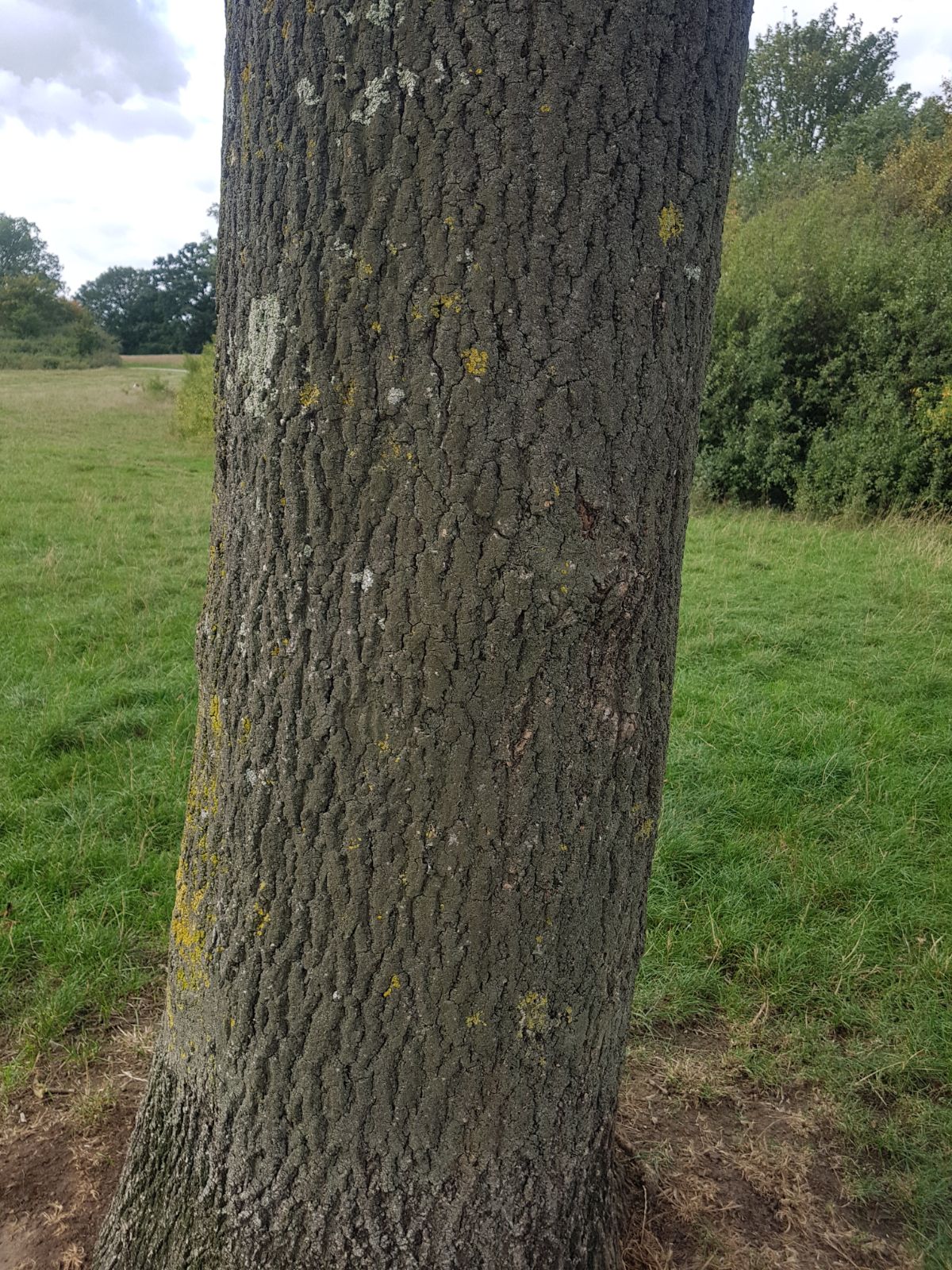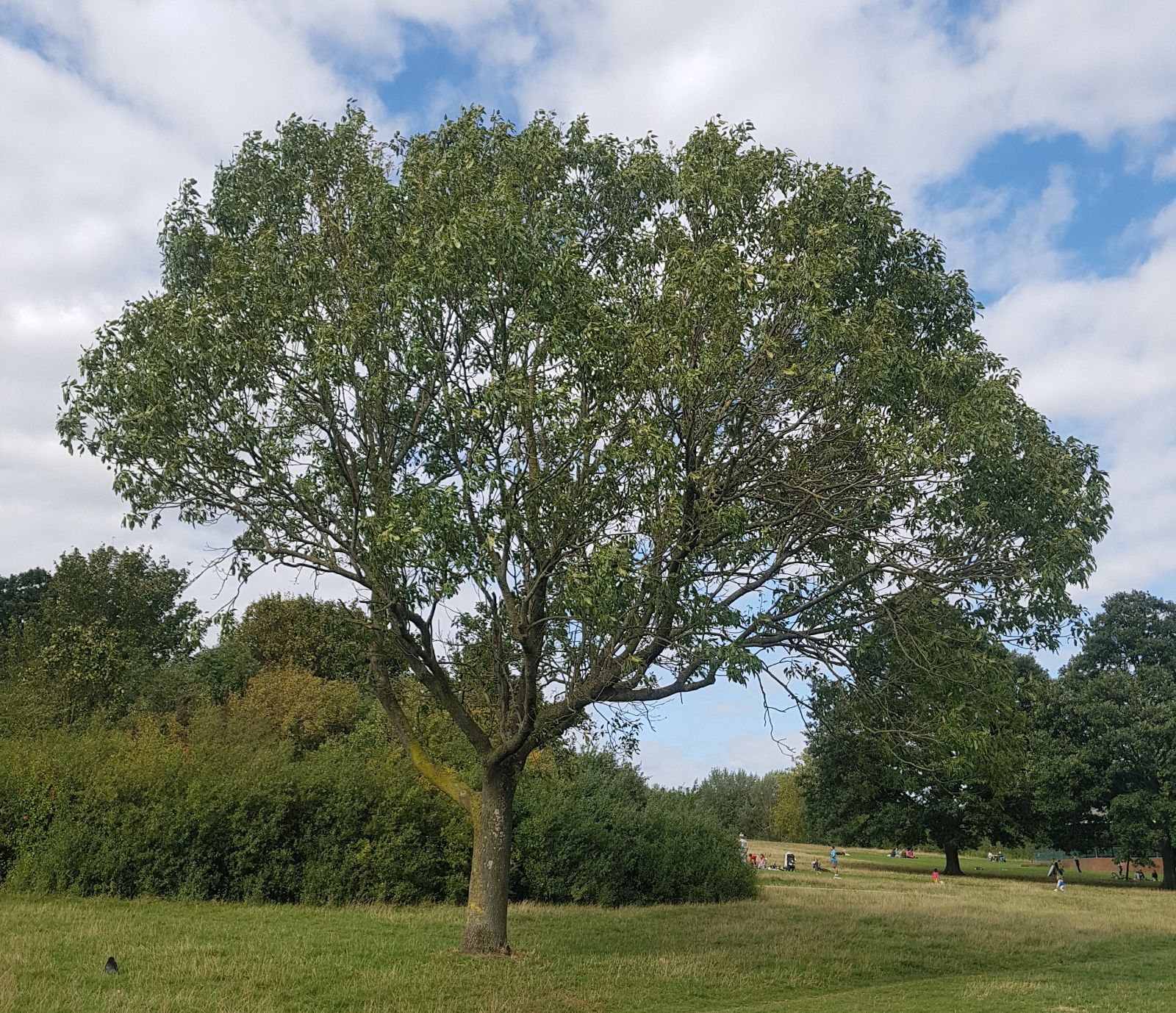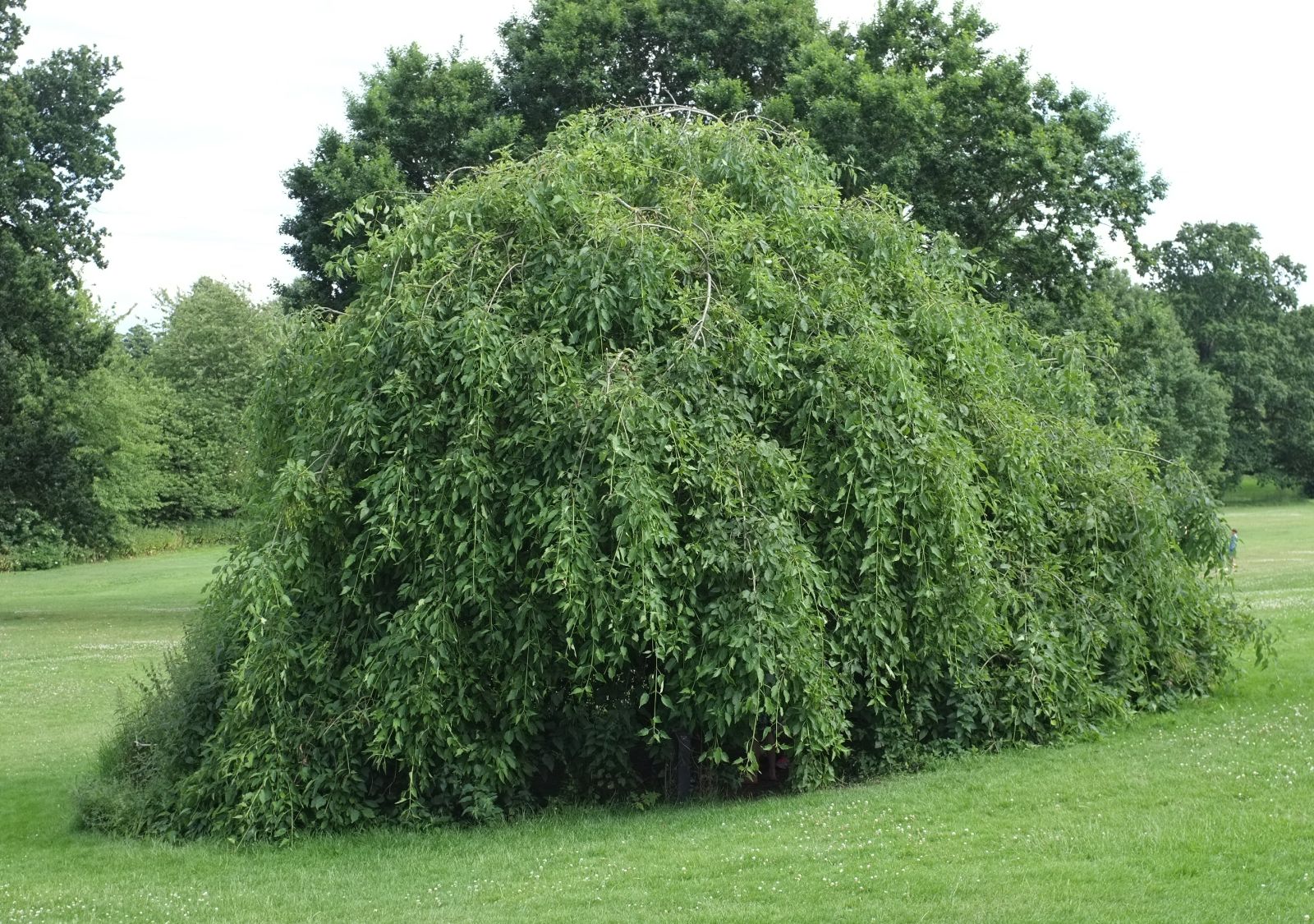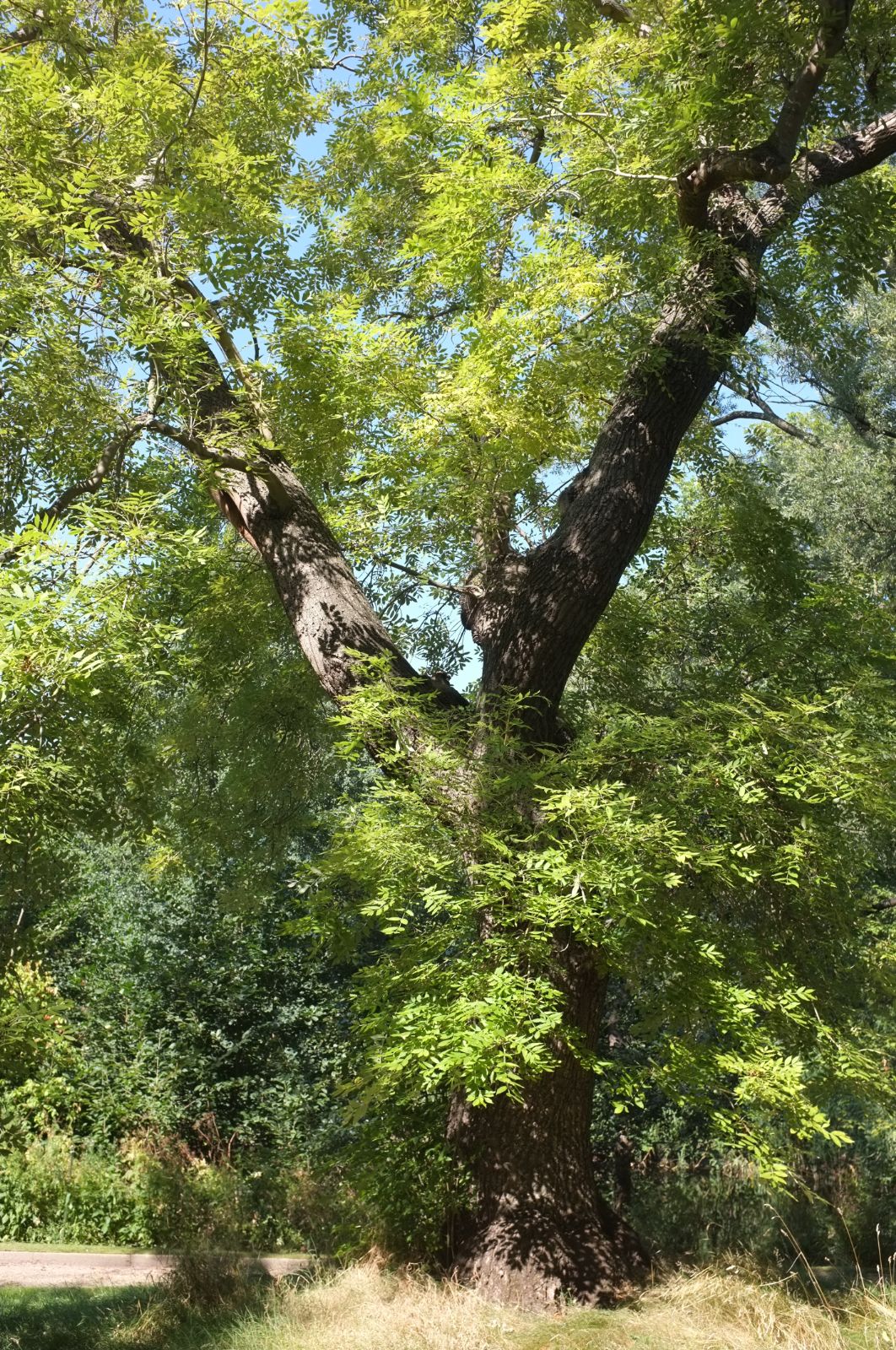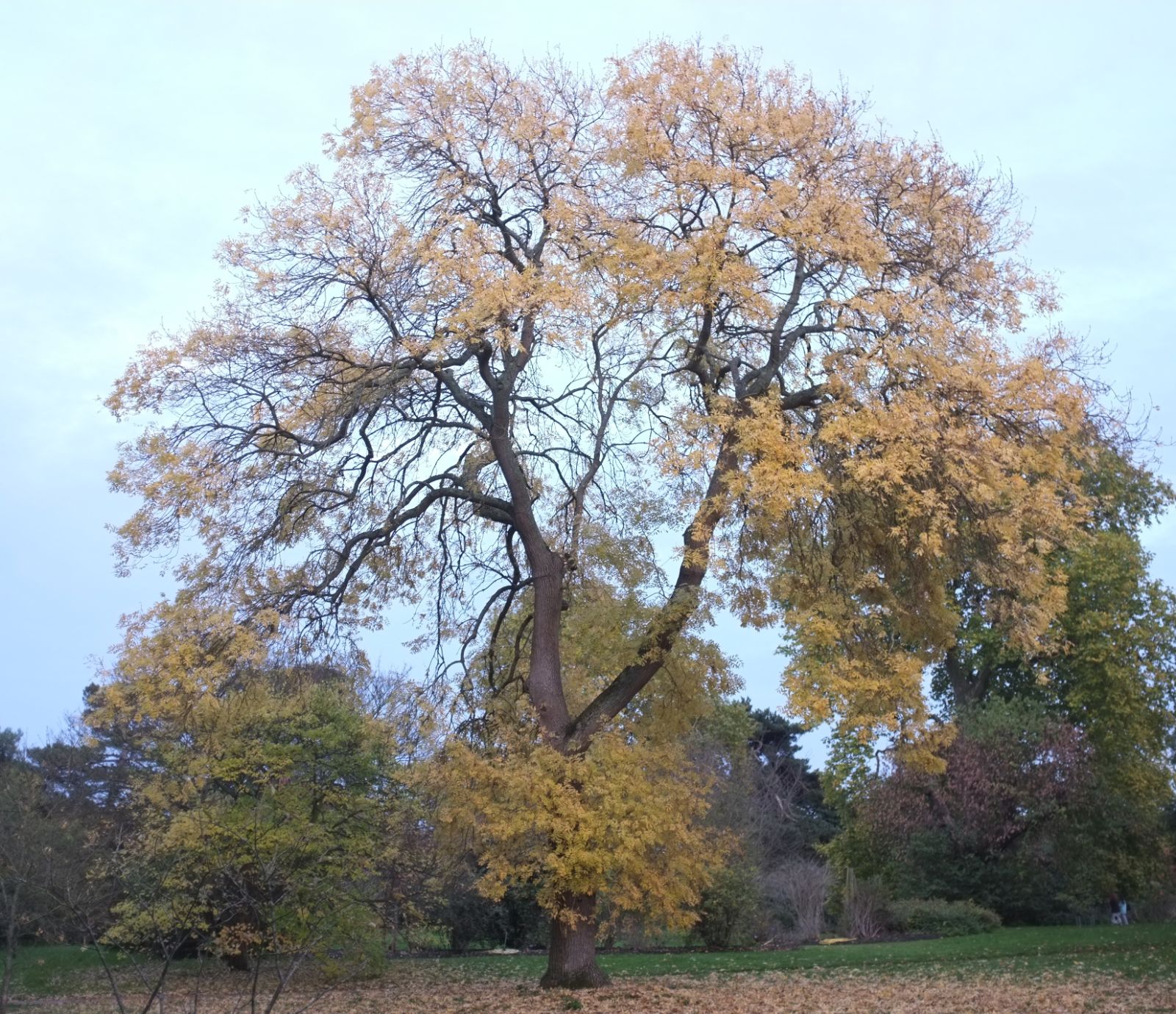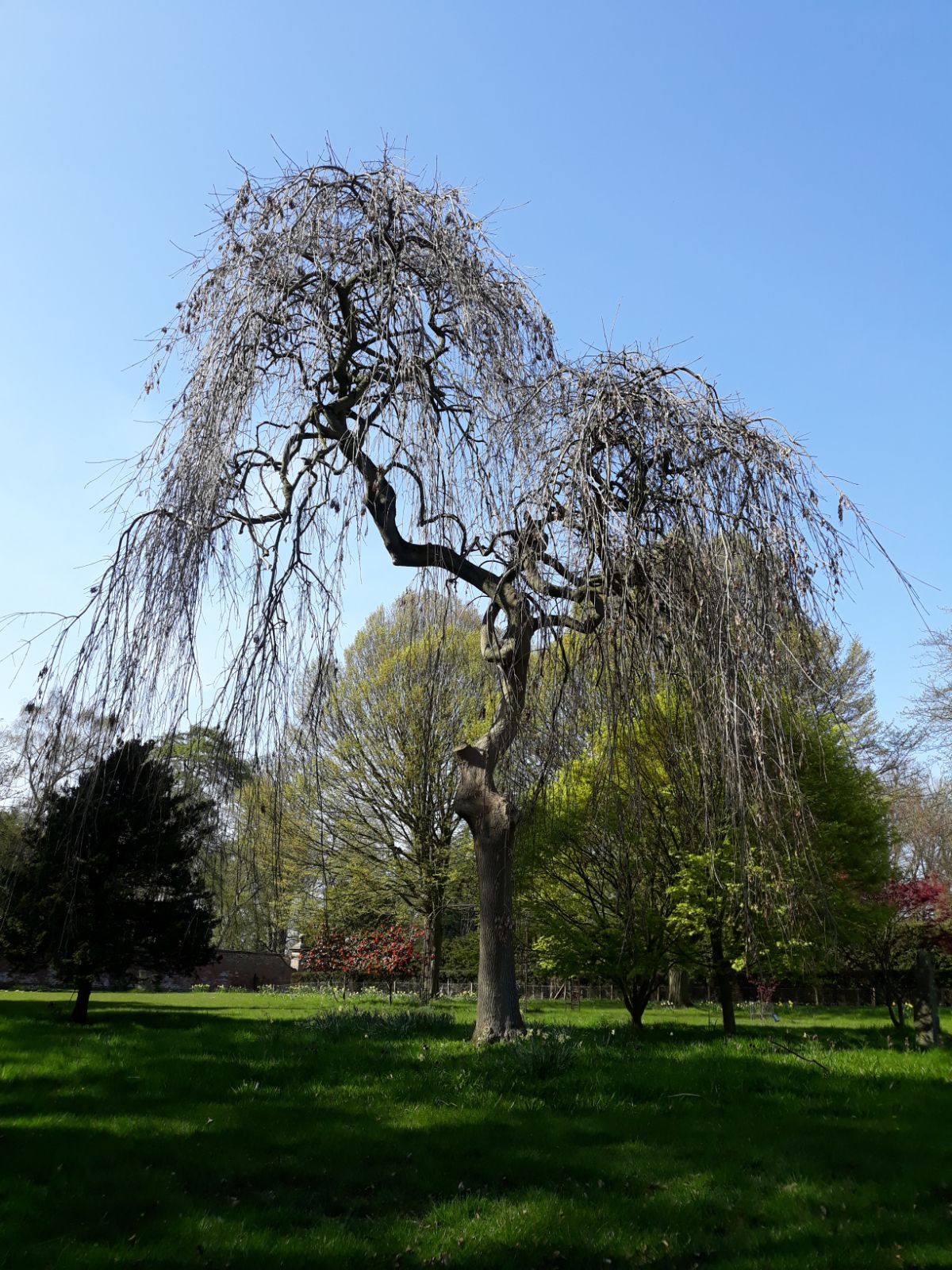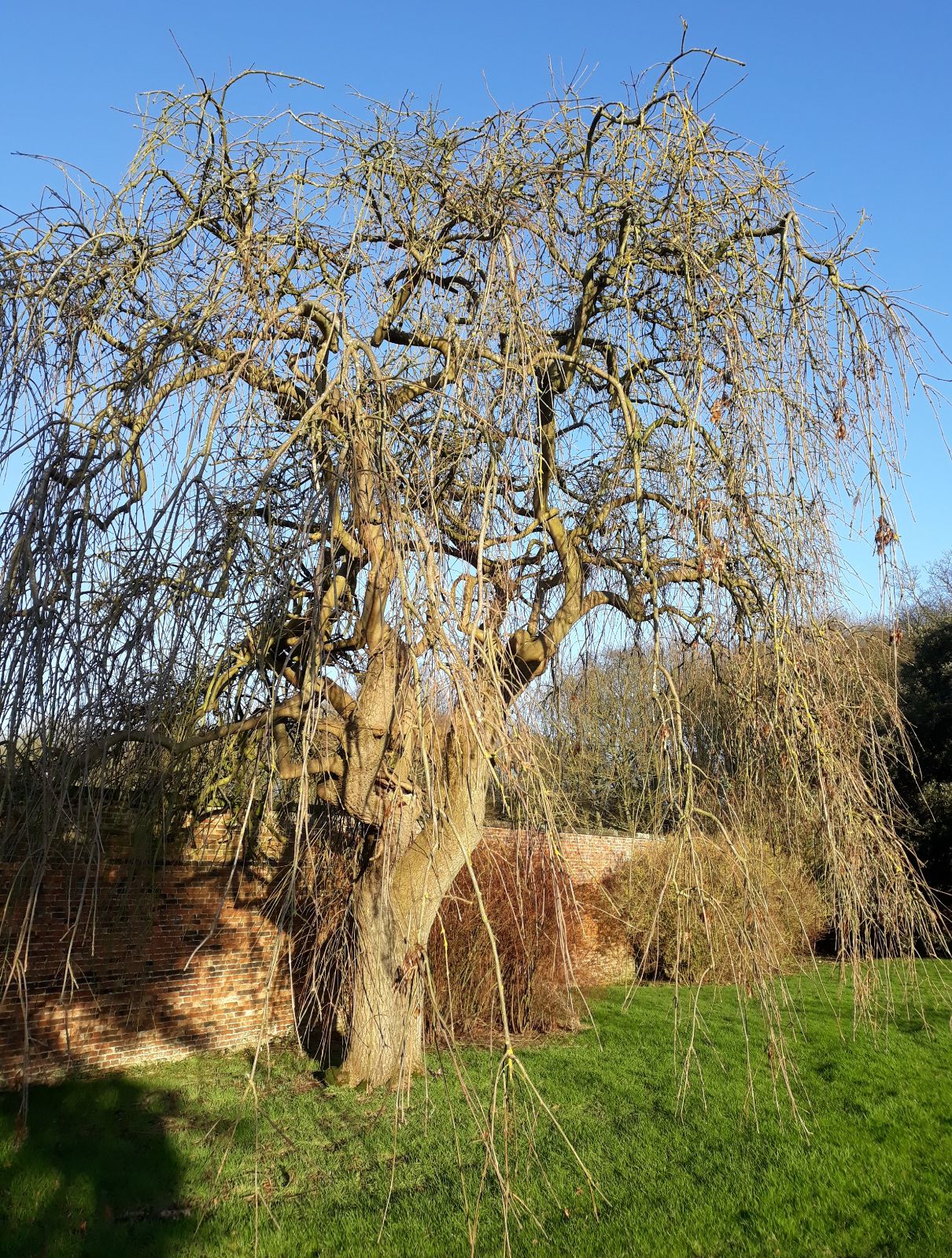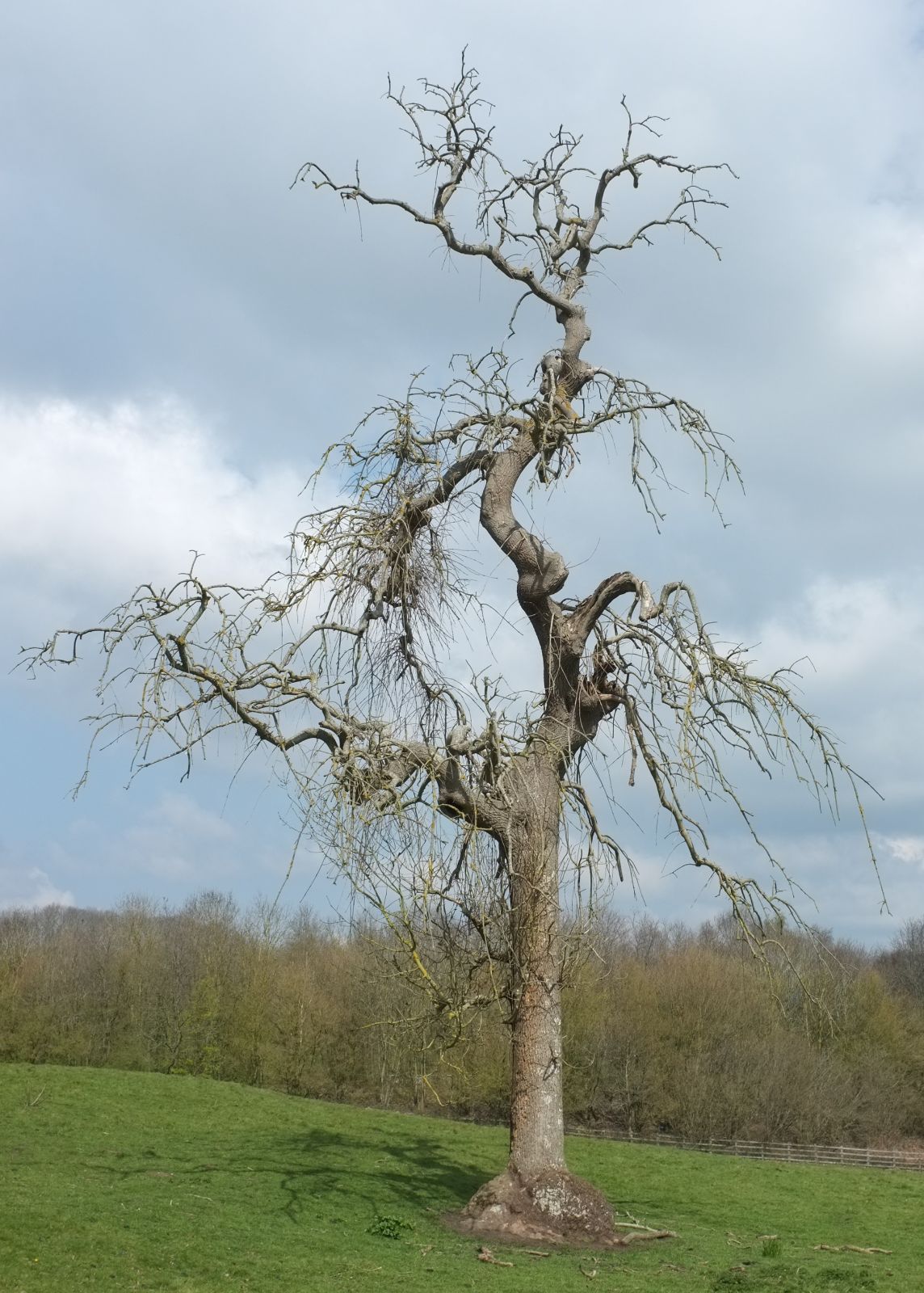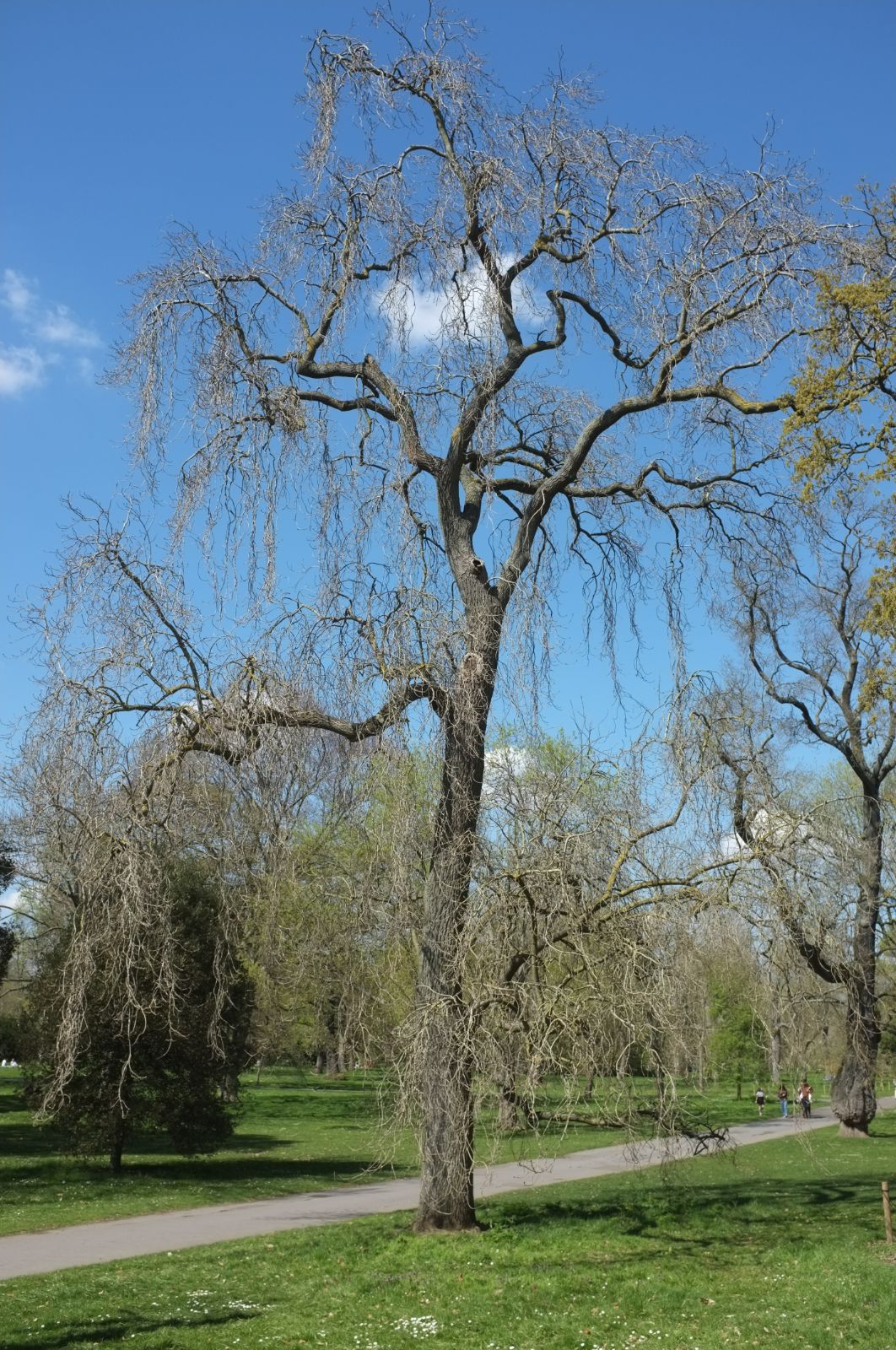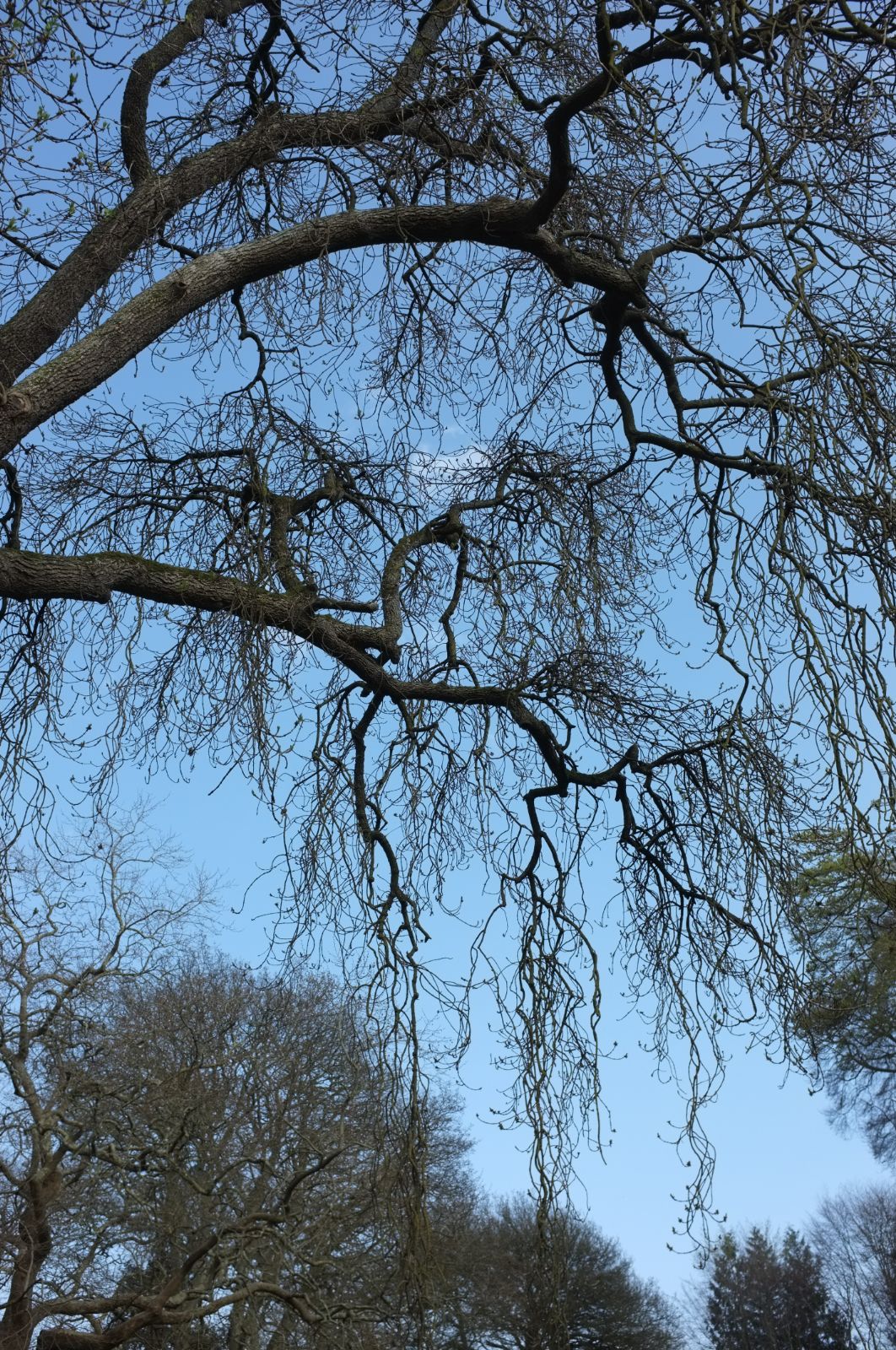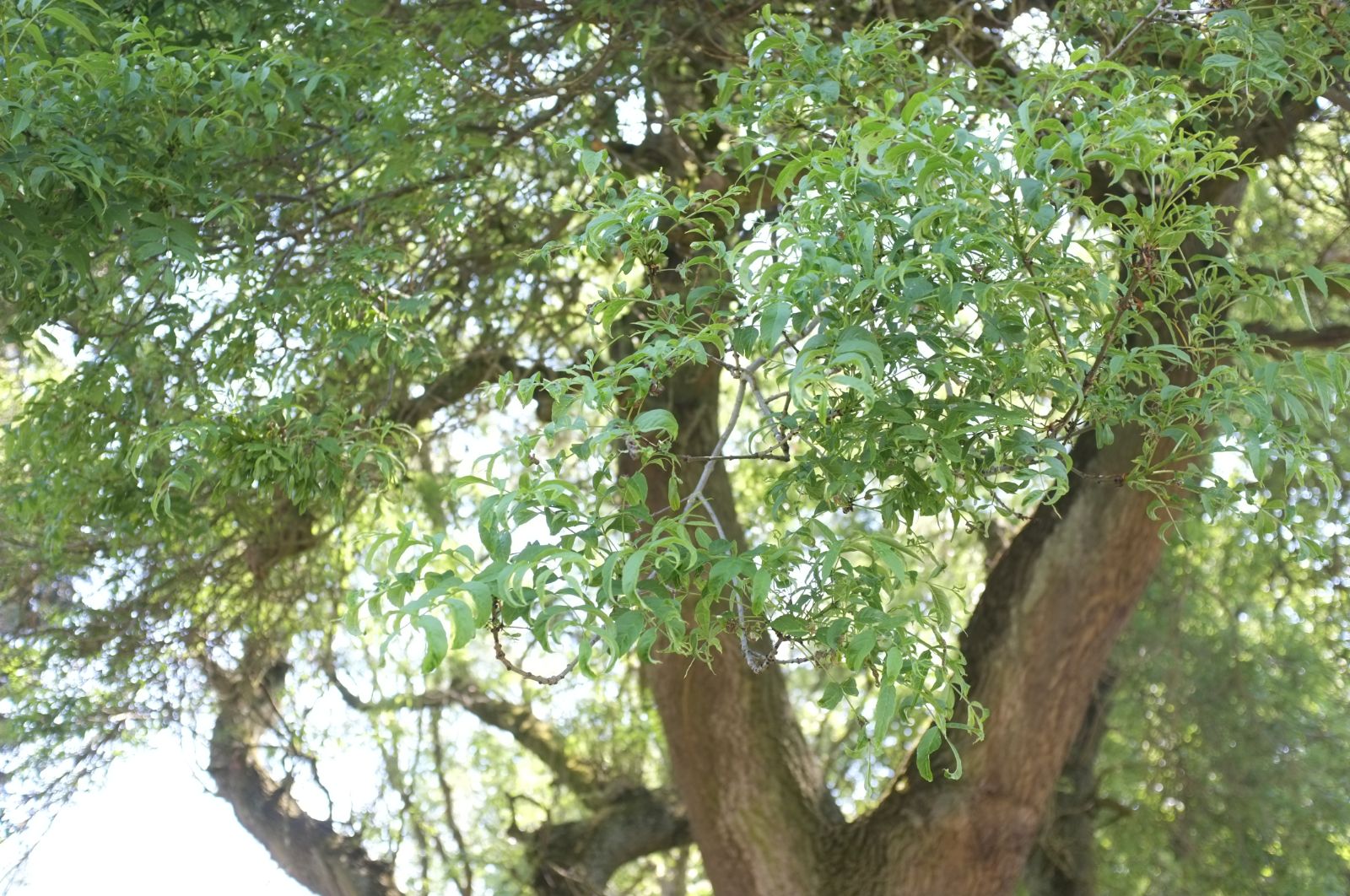Fraxinus excelsior
Credits
Article from Bean's Trees and Shrubs Hardy in the British Isles
Recommended citation
'Fraxinus excelsior' from the website Trees and Shrubs Online (treesandshrubsonline.
Genus
Common Names
- Common Ash
Infraspecifics
Other taxa in genus
- Fraxinus americana
- Fraxinus angustifolia
- Fraxinus anomala
- Fraxinus biltmoreana
- Fraxinus bungeana
- Fraxinus caroliniana
- Fraxinus chinensis
- Fraxinus cuspidata
- Fraxinus dipetala
- Fraxinus elonza
- Fraxinus floribunda
- Fraxinus griffithii
- Fraxinus holotricha
- Fraxinus lanuginosa
- Fraxinus latifolia
- Fraxinus longicuspis
- Fraxinus mandshurica
- Fraxinus mariesii
- Fraxinus nigra
- Fraxinus obliqua
- Fraxinus ornus
- Fraxinus oxycarpa
- Fraxinus pallisiae
- Fraxinus paxiana
- Fraxinus pennsylvanica
- Fraxinus platypoda
- Fraxinus pubinervis
- Fraxinus quadrangulata
- Fraxinus rotundifolia
- Fraxinus sieboldiana
- Fraxinus sogdiana
- Fraxinus spaethiana
- Fraxinus syriaca
- Fraxinus texensis
- Fraxinus tomentosa
- Fraxinus 'Veltheimii'
- Fraxinus velutina
- Fraxinus xanthoxyloides
One of the largest of European deciduous trees, reaching in favoured sites from 100 to 140 ft in height; bark of the trunk pale, fissured; young wood grey, glabrous; buds black. Leaves 10 to 12 in. long; leaflets most frequently nine or eleven, sometimes less or more, oblong lance-shaped, tapered at the base, slender-pointed, toothed, 2 to 41⁄2 in. long, 1 to 11⁄3 in. wide, dark green and glabrous above, paler beneath, and with fluffy brown down at the sides of the lower part of the midrib. Main leaf-stalk usually more or less downy, the wings on the upper side meeting and forming a sharp angle. The terminal leaflet is stalked, the lateral ones scarcely so. Flowers produced from the joints of the previous year’s wood in short, dense panicles in April. Fruits (commonly called ‘keys’) pendent in large bunches, each fruit about 11⁄2 in. long, 1⁄4 to 1⁄3 in. wide.
Native of Europe, including Britain and the Caucasus. It is one of the most valuable of all our timber trees, yielding a whitish wood of great toughness and durability. Elwes considered it the most economically valuable of British timber trees. For some purposes, especially in coachbuilding and implement-making, it has no rival either native or foreign. An isolated ash of goodly size makes a tree of great beauty and dignity, forming a shapely, oval, or rounded head of branches. It likes a deep, moist, loamy soil, and thrives well on calcareous formations. In some parts of the north of England, on the east side of the Plain of York for instance, it is a common hedgerow tree. In such positions, especially where the adjoining fields are arable, it is not an unmixed blessing, being one of the grossest of feeders.
The following specimens of the common ash have been measured recently, notable for height, girth, or both: Cudham Church, Kent, 70 × 141⁄2 ft (1965); Warnham Court, Sussex, 95 × 15 ft (1961); Longleat, Wilts, 115 × 15 ft, with a clear bole of 33 ft (1971); Westonbirt, Glos., in Main Drive, 80 × 13 ft (1966); Williamstrip Park, Glos., 75 × 163⁄4 ft (1963); Cowley Place, Exeter, Devon, 85 × 153⁄4 ft (1967); Powderham Castle, Devon, 105 × 91⁄4 ft, with a clear bole of 60 ft (1963); Enys, Cornwall, 105 × 133⁄4 ft (1962); Holywell Hall, Lincs, c. 90 ft × 191⁄2 ft (1965); Masham, West Riding, Yorks, 80 × 191⁄4 ft (1965); Duncombe Park, North Riding, Yorks, 148 × 101⁄2 ft (1956); Oakley Park, Shrops., 111 × 103⁄4 ft (1971); Llanfyllin, Denbighs., 70 × 171⁄2 ft (1960); Kilmacurragh, Co. Wicklow, Eire, 105 × 141⁄4 ft (1966).
From the Supplement (Vol. V)
specimens: Petworth House, Sussex, 130 × 91⁄4 ft (1983); Moorbed Farm, Peasmarsh, Sussex, 118 × 171⁄4 ft (1984); Longleat, Wilts., 115 × 13 ft, clear bole 13 ft (1971); Westonbirt, Glos., Main Drive, the tree measured in 1972 has been blown down; Knightshayes, Devon, 124 × 161⁄4 ft (1984); Enys, Cornwall, 95 × 143⁄4 ft (1977); Oakley Park, Shrops., 111 × 103⁄4 ft (1971); Clapton Court, Som., a burry tree 40 × 23 ft (1981); Holywell Hall, Lincs., 52 × 191⁄4 ft (1983); Brocklesby Park, Lincs., 115 × 10 ft, clear bole 40 ft (1977); Dunscombe, Yorks., the tree measured in 1956 was blown down 1970; Chollerton Village, Northumb., 80 × 171⁄4 ft (1978); Llanfyllin, Gwyn., 75 × 193⁄4 ft (1977); Powis Castle, Powys, on Rabbit Bank, 85 × 161⁄2 ft (1984); Glen Lyon, Perths., 98 × 213⁄4 ft (1983); Gordon Castle, Moray, 85 × 223⁄4 ft at 3 ft (1982); Tynan Abbey, Co. Armagh, 92 × 253⁄4 ft and 72 × 211⁄2 ft (1983); Finnebrogue, Co. Down, 115 × 121⁄2 ft, clear bole 46 ft (1982); Abbeyleix, Co. Laois, Eire, 102 × 171⁄4 ft (1985).
cv. ‘Concavifolia’. – There are two examples at Kew, pl. 1902, measuring 72 × 6 ft and 66 × 5 ft (1984).
f. diversifolia – specimens: Kew, pl. 1896, 70 × 51⁄2 ft (1984); Culcreuch Castle, Stirlings., 105 × 131⁄4 ft (1984); Abbeyleix, Co. Laois, Eire, 95 × 101⁄2 ft (1985).
cv. ‘Pendula’. – See Volume II, page 217. Some of the trees mentioned have been removed and there are no others worth measuring.
cv. ‘Pendula Wentworthii’. – The Kew tree is 56 × 51⁄4 ft (1971).
cv. ‘Scolopendrifolia’. – The Kew tree, pl. 1900, is 70 × 5 ft (1984).
† cv. ‘Westhof’s Glorie’. – A selection with an oval crown and mast-like stem, used as a street tree in Holland.
'Asplenifolia'
Leaflets only {1/8} to {1/4} in. wide – a monstrosity merely.'Aurea'
Young shoots yellow; older bark yellowish, especially noticeable in winter. Leaves becoming buff-yellow in late summer, deep yellow in autumn. Slow-growing. See also ‘Jaspidea’.'Aurea Pendula'
Young shoots yellow, branches weeping and forming a flat, umbrella-like head. Said to be weak-growing. The golden weeping ash once grown under the name F. e.jaspidea pendula may have been distinct from this and more vigorous.
'Concavifolia'
Leaflets small, boat-shaped.'Crispa'
This ‘has the leaves dark green, crumpled and curled. The darkness of the green of the leaves is remarkable; and this and their crumpled appearance, combined with the rigid stunted character of the whole plant, render it a striking object’ (Loudon, Arb. et Frut. Brit., Vol. 2, p. 1217). An old cultivar raised in France and introduced to Britain by Lee and Kennedy toward the end of the 18th century (syns. F. crispa Bosc; F. atrovirens Desf.).
'Cucullata'
Leaflets concave and hooded. Raised by Baltet of Troyes, France, and put into commerce in Britain by Lee of Hammersmith in 1867.'Elegantissima'
A tree at Kew, received from Simon-Louis Frères of Metz in 1902 as F. e. elegantissima, seems to be F. angustifolia or near it. It is not a variety of the common ash.f. angustifolia Hort
The name F. excelsior angustifolia has been used in gardens for narrow-leaved variants of the common ash. These are apt to be confused with F. oxycarpa but the black buds and the longer leaf-stalk of the terminal leaf should distinguish them.f. diversifolia (Ait.) Lingelsh.
Common Names
One-leaved Ash
Synonyms
F. e. var. diversifolia Ait.
F. heterophylla Vahl
F. e. var. heterophylla Wesm.
F. monophylla Desf.
F. e. var. monophylla (Desf.) Gren. & Godr
F. e. var. simplicifolia Pers.
In this remarkable variety the terminal leaflet only, or occasionally one or two more, is developed. In other respects it is the same as the common ash. Its one leaflet is oval or ovate, long-stalked, toothed, and variable in size, usually 3 to 6 in. long, 1{1/4} to 2{1/2} in. wide, but often proportionately broader or shorter – as much as 8 in. long and 5 in. wide. This variety has arisen independently in many places, both cultivated and wild, and varies considerably. ‘Hessei’ is a selection of horizontal habit put into commerce by Messrs Hesse of Germany in 1937 (Dendroflora, No. 3 (1966), p. 32). There is also a cut-leaved variant of the one-leaved ash (‘Diversifolia Laciniata’), and a pendulous one (‘Diversifolia Pendula’). The latter was first distributed by Späth’s nurseries and is represented at Kew.
'Globosa'
A dwarf rounded bush, densely branched, with small leaves. The plants known as F. e. nana and polemoniifolia are similar.'Glomerata'
Leaflets as many as fifteen closely set on the common stalk, comparatively short and broad; some of them 3 in. long and 2 in. broad, stout in texture, basal pair of leaflets close to the branch; all somewhat hooded and puckered. Very distinct.This ash is no longer at Kew. It was received from Simon-Louis Frères. Judging from the above description it was similar to ‘Crispa’ and may perhaps be in cultivation under that name.'Jaspidea'
This is considered by H. J. Grootendorst (Dendroflora, No. 3 (1966), p. 32), to be the correct name for an ash resembling ‘Aurea’ but of much taller, freer growth. It is described as having leaves yellow when young, becoming tinged with yellow again in September and wholly yellow by October; winter-wood yellow. The tall-growing golden ashes cultivated in Britain may belong here and certainly the name is not new to British gardens, though not in use recently. An ash under the name F. e. jaspidea aurea was distributed by Veitch’s Coombe Wood nursery, and there is also reference in Gard. Chron. (1873), p. 1432, to F. e. jaspidea pendula, which is perhaps not the same as the old ‘Aurea Pendula’ (q.v.).
'Monstrosa'
Branchlets often fasciated; leaves often alternate.'Pendula'
Branches all weeping, forming a spreading umbrella-like head. There is little doubt that this ash descends by grafting from a tree discovered in the parish of Gamlingay in Cambridgeshire in the middle of the 18th century. It was once much used for making arbours and unless trained does not rise much in height above the point of grafting. Tall specimens were made, as Loudon had advised, by grafting high on specimens of the common ash. For example, the tree in the Glasnevin Botanic Garden, mentioned by Loudon, must have been grafted at about 30 ft, judging from the figure in Niven, Companion to the Botanic Garden (1838), reproduced in Quarterly Journal of Forestry, Vol. 63, p. 245. What is probably the same tree now measures 50 × 7{1/2} ft (1966). The tree at Castlewellan in Co. Down, measuring 40 × 7 ft, is grafted at 30 ft. There are specimens 45 to 52 ft in height and 5{3/4} to 6{1/2} ft in girth at Morden Hall, Surrey; Copped Hall, Essex; Arley Castle, Worcs.; Tottenham House, Wilts. But the most remarkable of these high-grafted trees grew at Elvaston Castle, Derbyshire; in this the scions were inserted at the top of an ash about 90 ft high by a worker from Barron’s nurseries at Derby in 1848 (Garden (Dec. 23, 1905), p. 400, with photograph; Elwes and Henry, Tr. Gt. Brit., Vol. 4, p. 868 and plate 238). Mr Constable, Director of Parks, Derby, informs us that the tree which served as the stock still exists, though the streamers have all disappeared.
'Pendula Wentworthii'
Trunk and leading shoots erect but branches very pendulous. An example in the Ash collection at Kew measures 64 × 5{1/4} ft (1969). It is of rather indeterminate shape, with the lower branches pendulous, the upper ones horizontal or even ascending, but with pendulous ends.
'Scolopendrifolia'
Leaflets narrow, often curled and deformed, narrower than in the type. There is an example at Kew in the Ash collection, about 70 ft high, received from Späth’s nurseries in 1900. A similar ash was named F. e. erosa by Willdenow.


